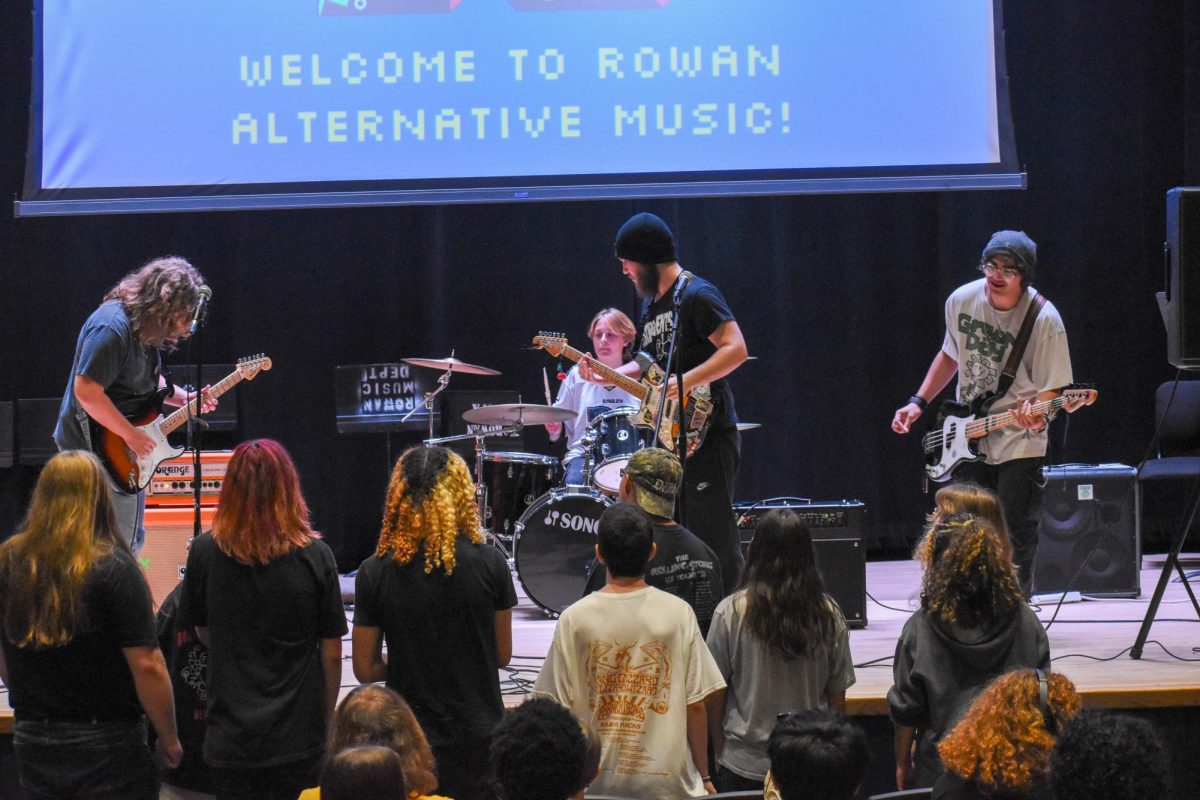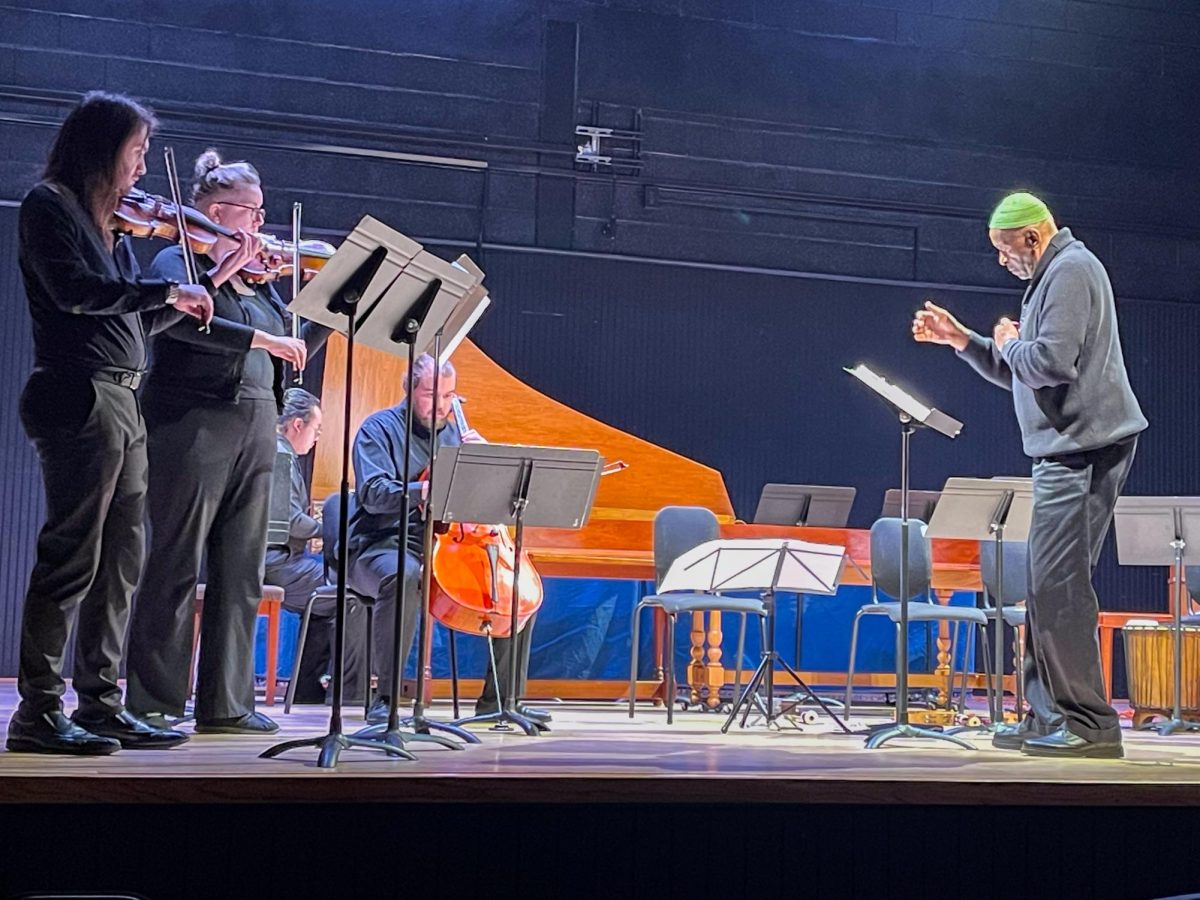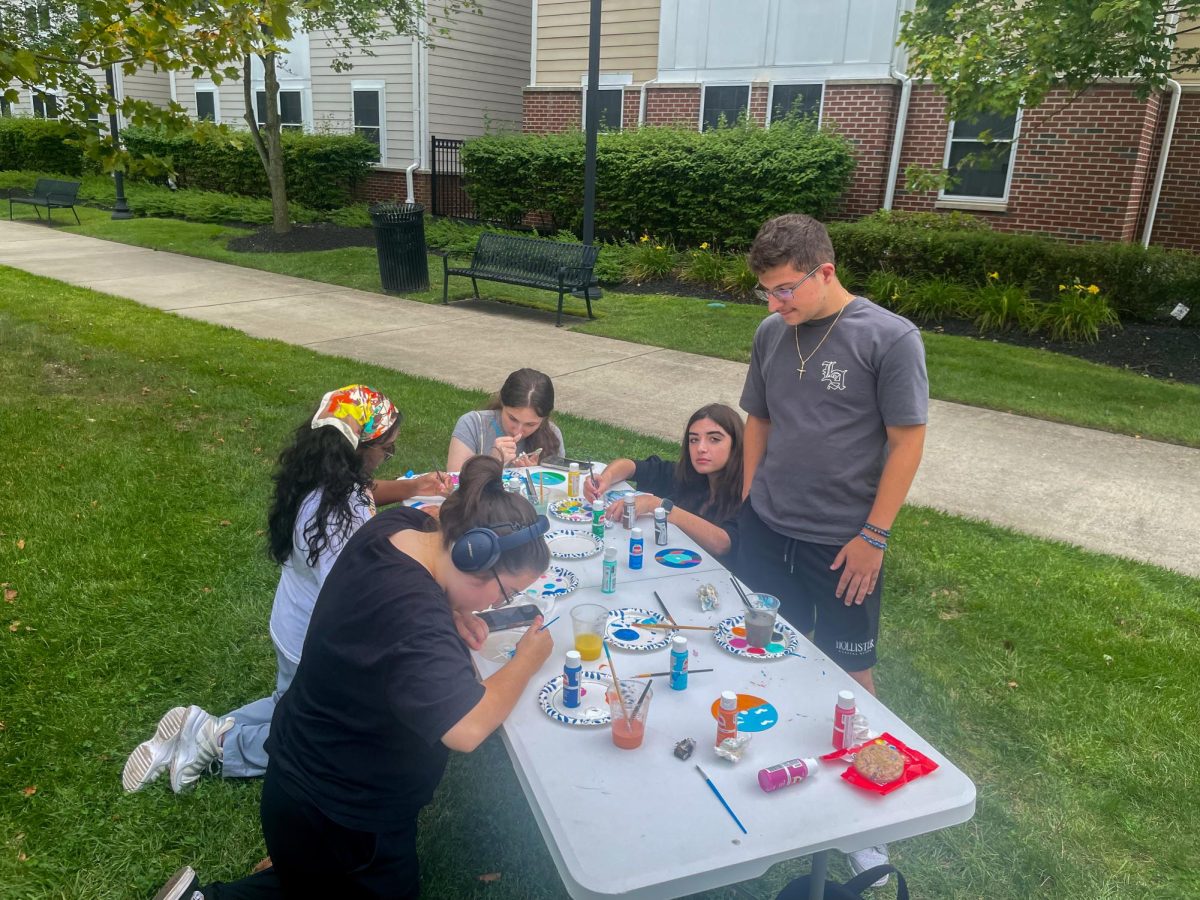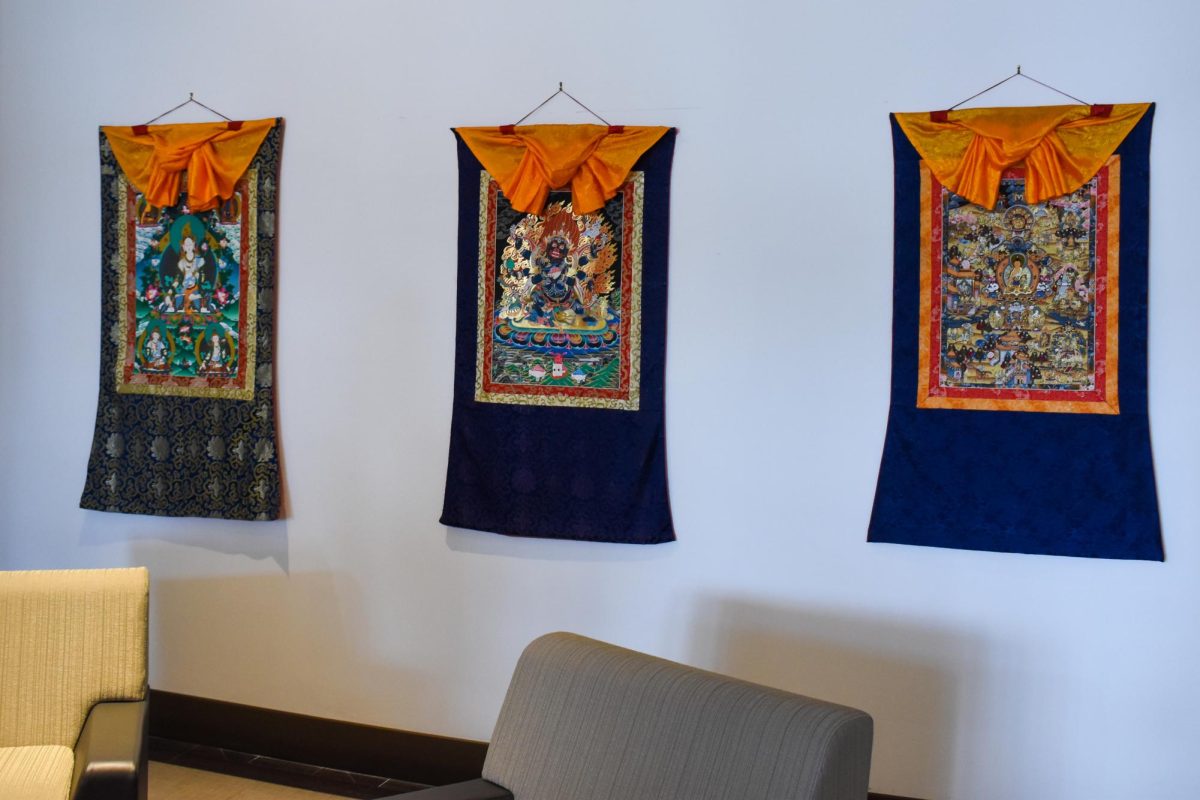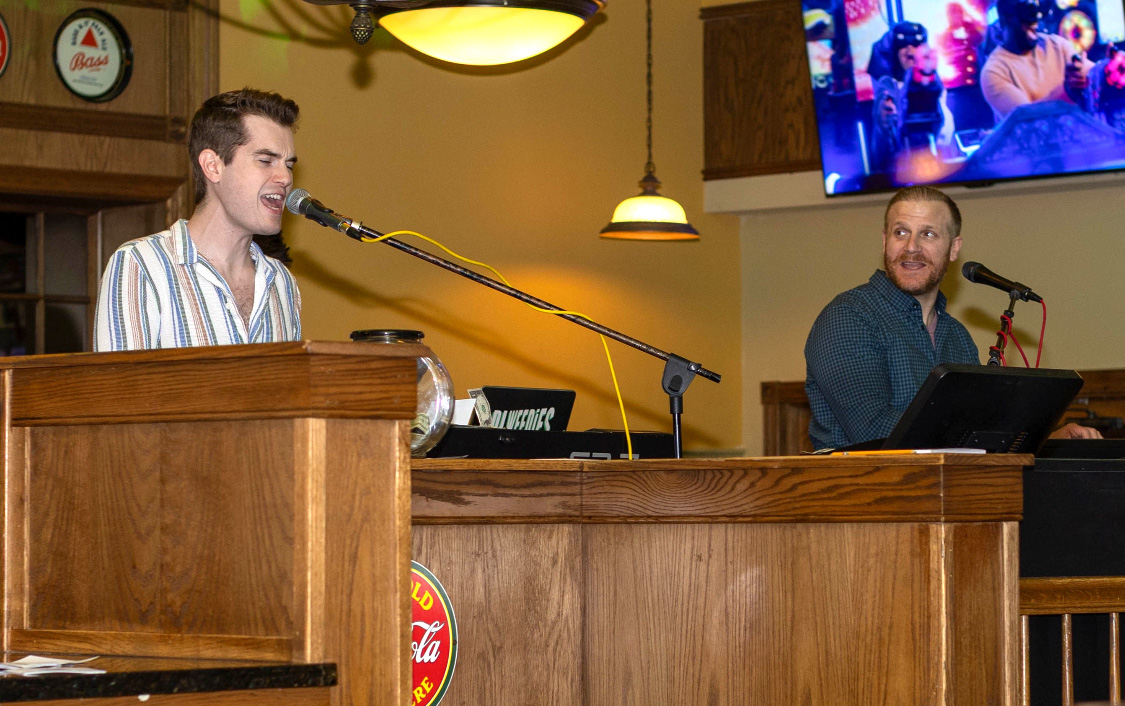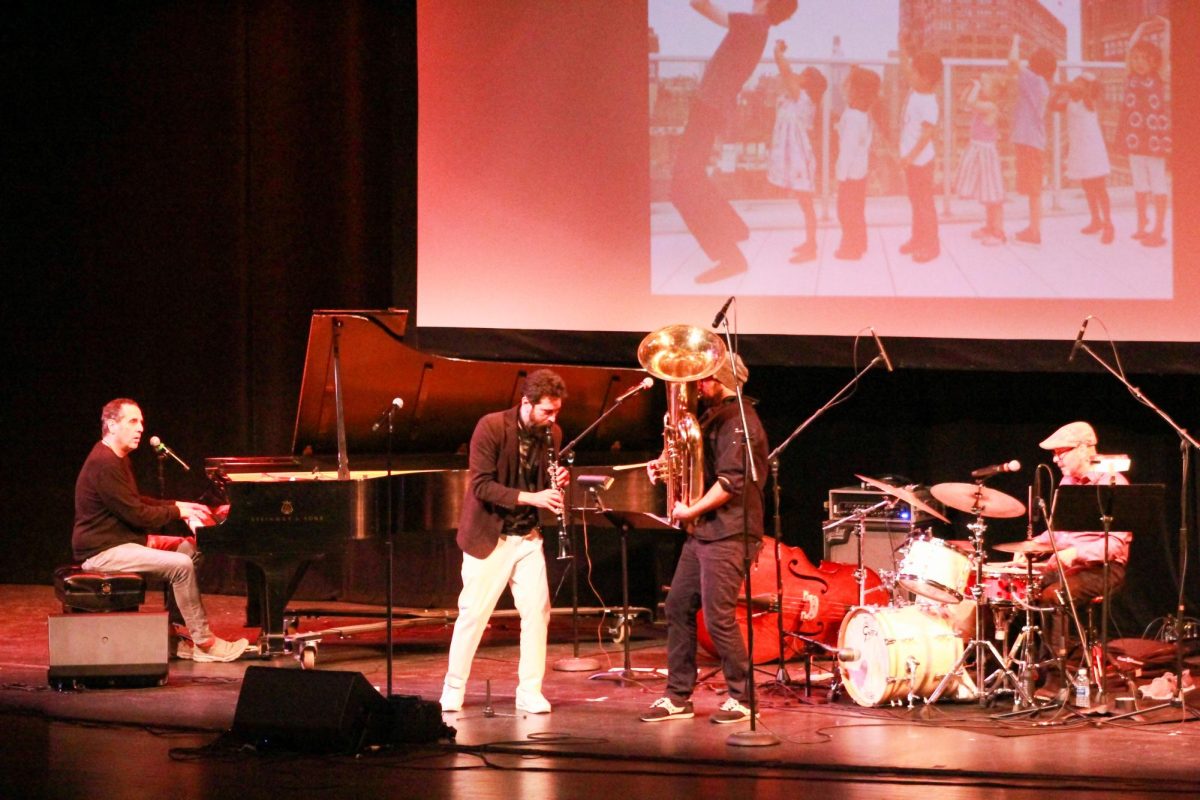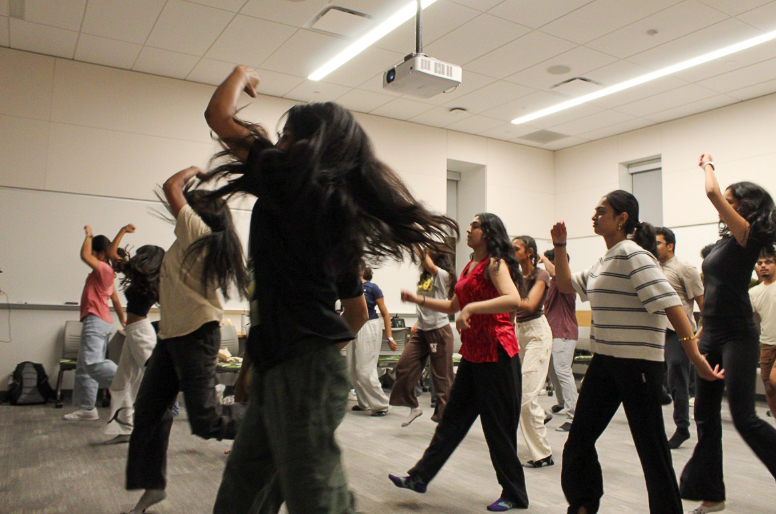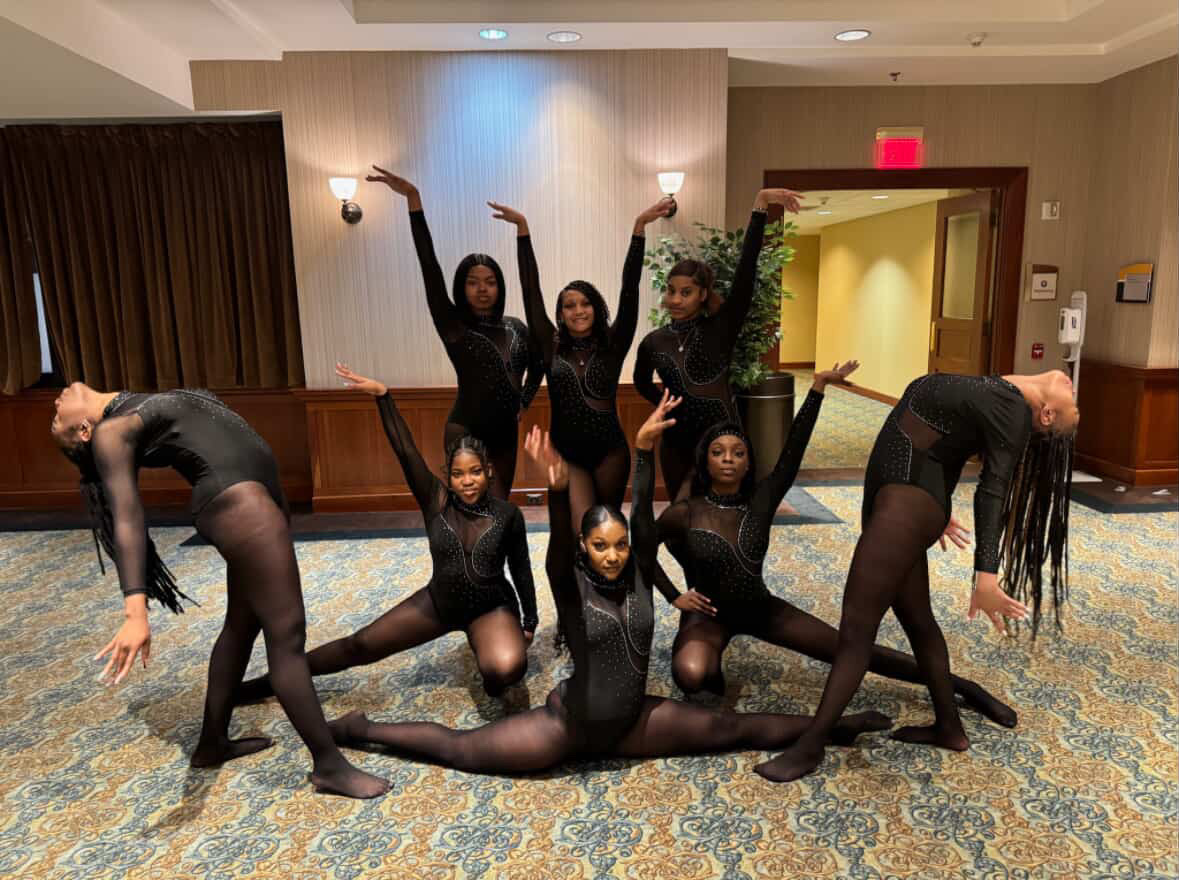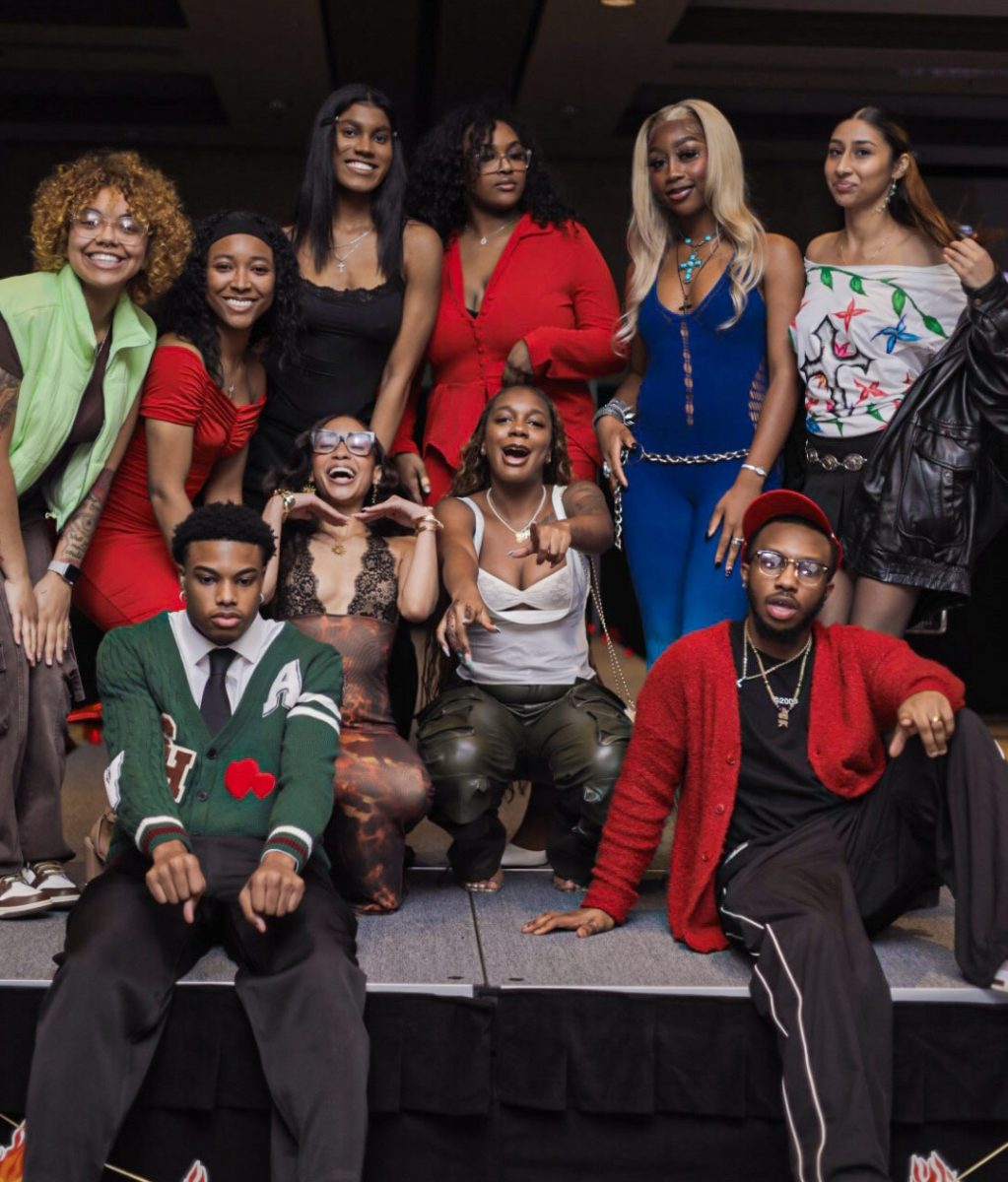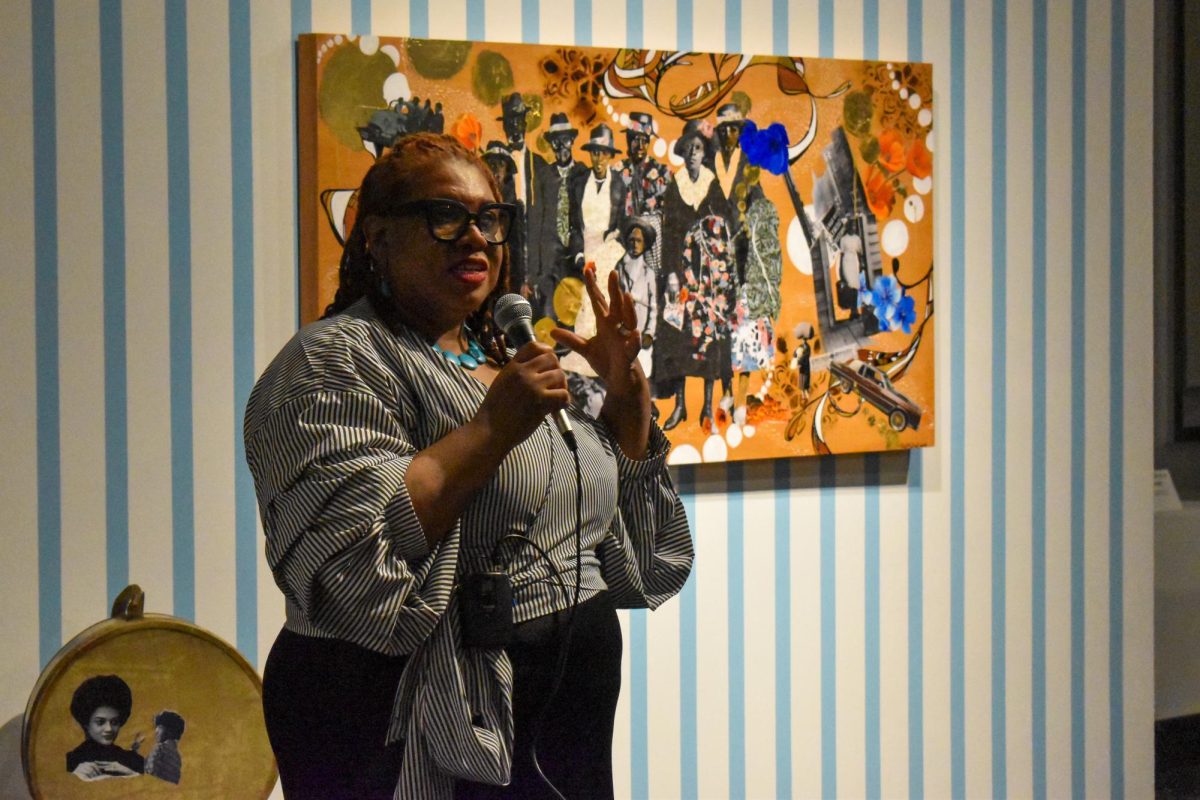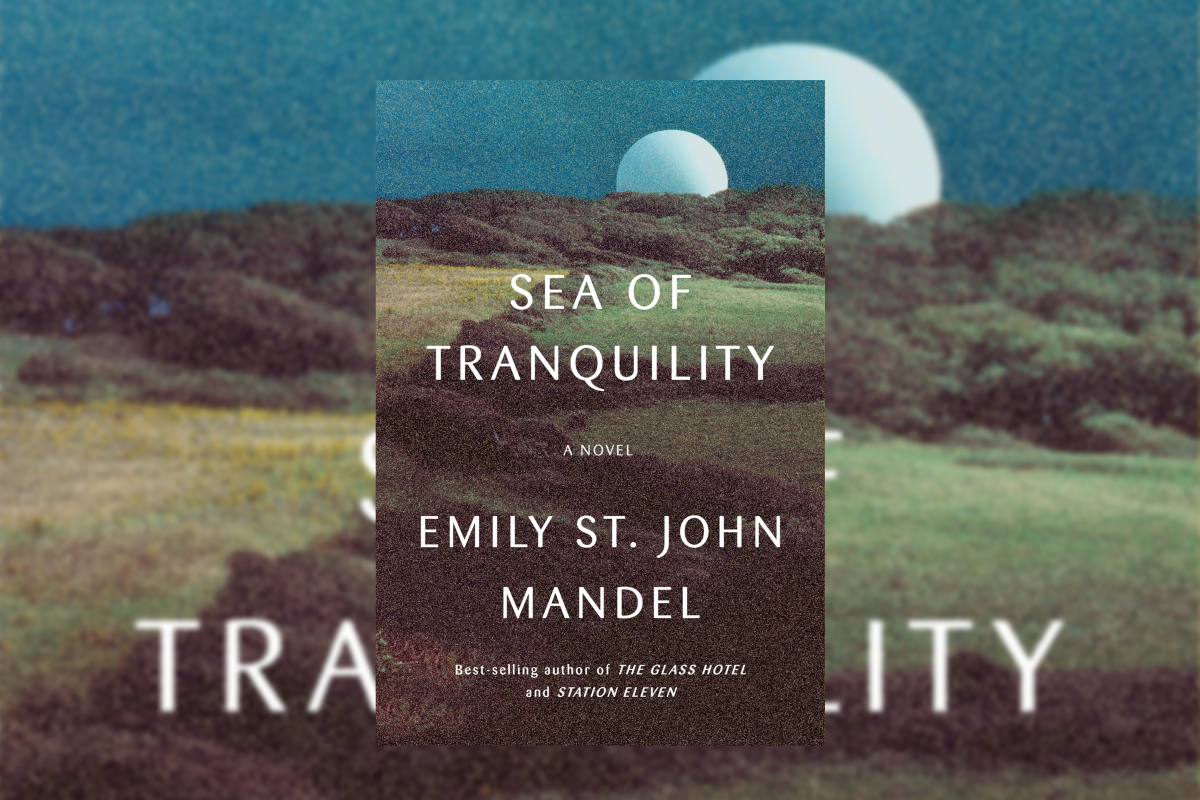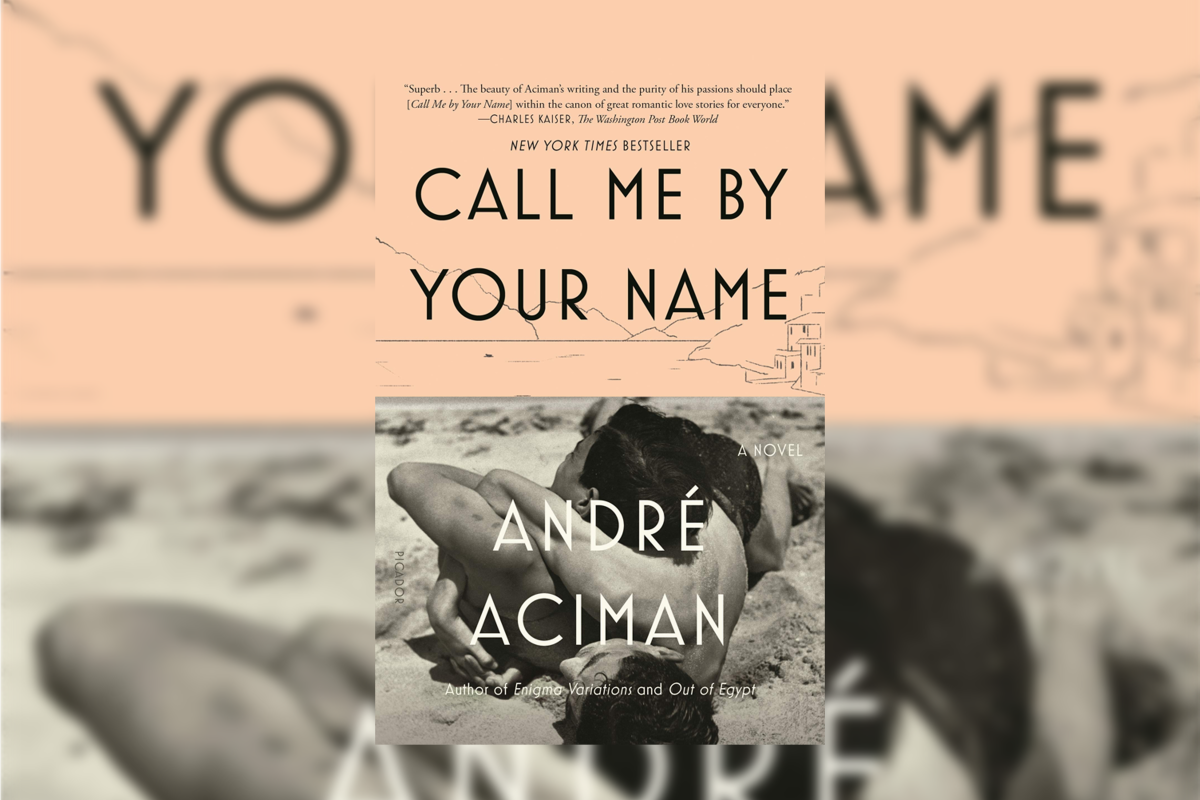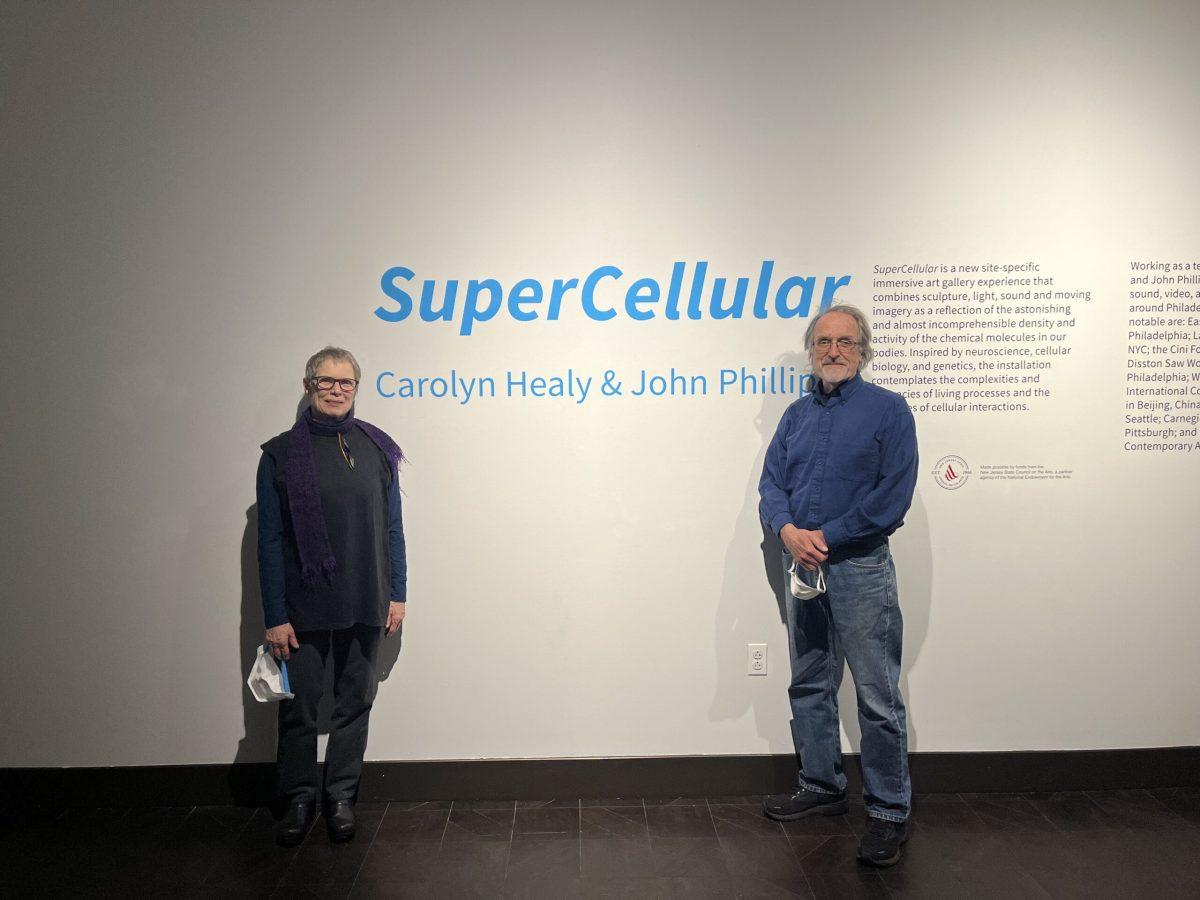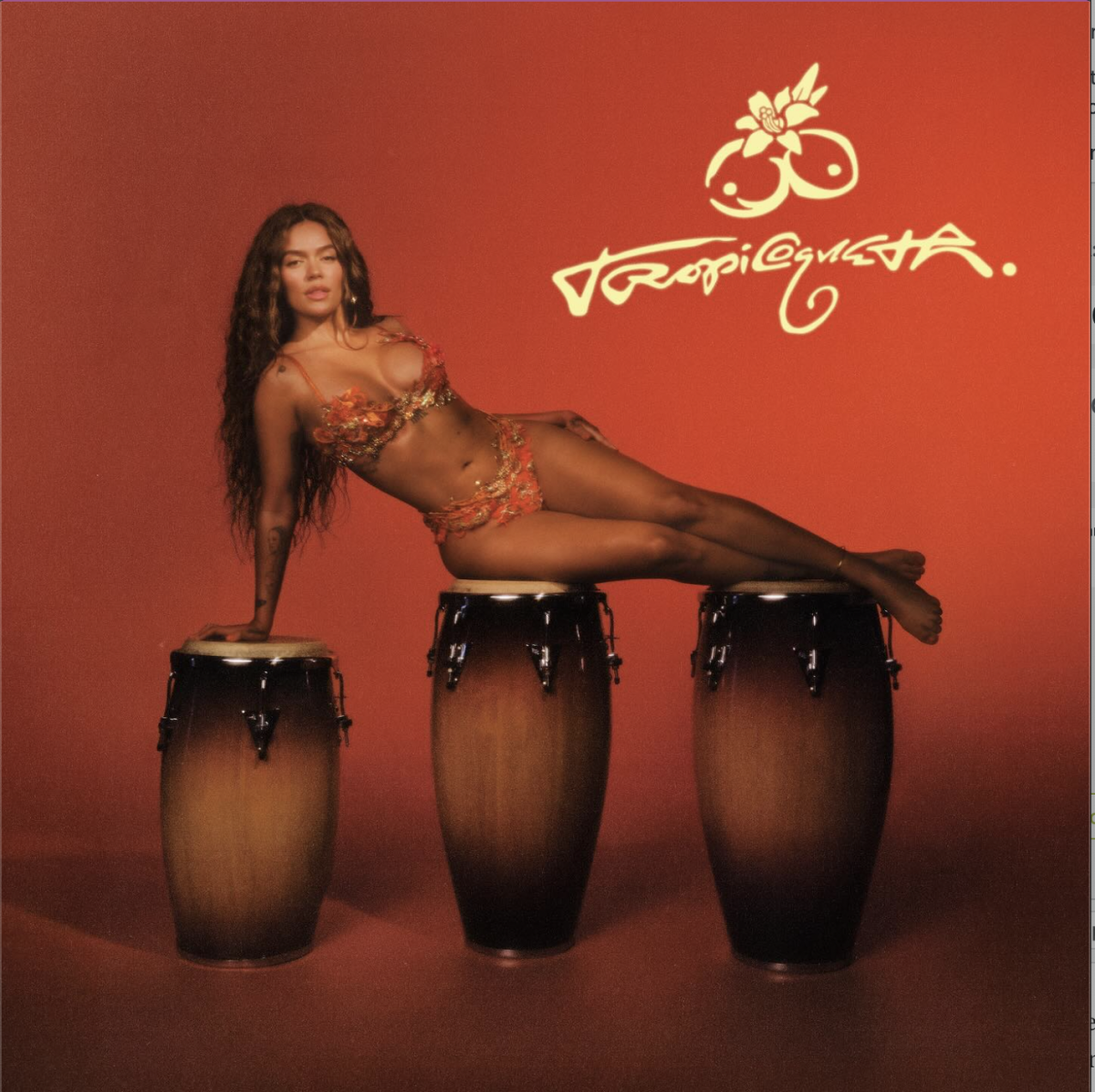She doesn’t just drop an album—she throws a confetti-streaked, cross-cultural block party and dares the world to keep up. But beneath the glitter and spectacle of Karol G’s fifth studio album release, “Tropicoqueta,” lies a unique set of challenges to assemble a kaleidoscope of Latin sounds and theatrical influences. Inspired by 1990s Spanish soap operas and pop culture, the album reaches for something big, even if not every moment sticks the landing. Still, the ambition is admirable. Even if the execution sometimes feels overwhelmed by its own concept. As a listener, I certainly appreciate the creativity more than the cohesion.
The Colombian-born superstar Carolina Giraldo Navarro, better known as Karol G, rose to fame from the reggaeton underground to dominate global charts and redefine Latin pop stardom. She earned her first Grammy just last year for Best Música Urbana Album for her previous album“Mañana Será Bonito.” Her latest album, “Tropicoqueta,” which was released June 20, isn’t just Karol’s latest release; it’s her most ambitious work, aiming to weave together decades of Latin styles into a 20-track telenovela. The album includes songs such as her summer smash single from last year, “Si Antes Te Hubiera Conocido.” It features Latin artists such as Eddy Lover, Marco Antonio Solís, and Manu Chao, to name a few. While the album’s global palette aims to be bold, diverse, its vision is expansive, but the length works against it. Not every track feels essential or plays into the larger narrative she’s trying to build. Songs such as “Latina Foreva” and “Bandida Entrenada” bring undeniable energy, but feel more like standalone moments than threads in a cohesive story. The album’s middle section, in particular, starts to lose a little momentum before regaining its footing in the final stretch. While it’s a bold idea, I thought it was doing too much across the 20 tracks. I would’ve liked a tighter narrative arc with fewer detours sonically.
Karol G is no stranger to experimenting with different music styles. Previous albums leaned heavily on reggaeton, urbano, and trap stylings, “Tropicoqueta” has her genre-bending and dipping into a myriad of musical Latin styles from across the globe. Subgenres on the album include cumbia, mambo, Brazilian funk, bachata, and hints of techno coming together to form a kaleidoscope of sounds. One of those songs is “Papasito”, a track that falls under the techno merengue genre. Merengue is a style of music and dance that originated from the present-day Dominican Republic. It is popular throughout much of Latin America. The song received the music video treatment and dropped just hours after the album’s release. She sings in both English and Spanish, paying homage to traditional family celebration milestones such as weddings and quinceañeras in a 1950s-inspired Broadway cabaret daydream that features Colombian-Mexican actor Danny Ramerírez as her star-crossed lover. The genre-blending is arguably exciting in theory, though not every attempt feels fleshed out. For me, “Papasito” is one of a few that stand out for its ambitious visuals and sonic identity.
That same theatrical flair runs through “Tropicoqueta’s more melancholic turns. Most notably in track six, “Cuándo Me Muera Te Olvido,” a whimsical yet melodramatic cumbia villera-synth fusion that encapsulates heartbreak through a cinematic lens. Cumbia villera is a subgenre of cumbia, originating in the late 90s. It’s roughly translated as ghetto cumbia or slum cumbia, and is native to highly populated urban residential areas of Argentina. In the track, Karol G not only samples, but she also offers a playful nod to George Michael’s song “Careless Whisper” sonically. It’s through the song that she arguably manages to successfully create this character or persona that’s mischievously flirtatious, culturally expansive, and lives unapologetically. Karol is not hiding behind the persona of “La Tropicoqueta” but rather weaponizing and using it to explore themes of power, femininity, and a spectacle with a cheeky wink or smirk.
That emotional edge takes a different shape in track nine titled “Amiga Mia,” featuring Colombian singer, songwriter, and actress Greeicy. The song leans into Latin pop and a bit into Karol G’s comfort zone of reggaeton. It’s arguably one of the album’s most intimate and quietly powerful moments. Stripped of flashy production, the song leans into tenderness, as Karol delivers a heartfelt message on supporting friends who find themselves caught in a vicious cycle of pain. Her vocals take on a softer, more conversational tone, cutting through the album’s ambitious theatrics with something more vulnerable and grounded. A rare moment of stillness on an album built on movement. For that reason alone, it’s one of the songs on the album that drew me in most. The emotional honesty in the track was something I would’ve loved to see more of a balance of throughout the album.
Critically, “Tropicoqueta” is being hailed as Karol’s most adventurous project yet. Its commercial performances echo that enthusiasm, debuting at No. 1 on the Billboard Latin Album chart and No. 3 on the Billboard 200, with streaming numbers that rival her previous album “Mañana Será Bonito.”However, the album hasn’t come without conversation. Some listeners and fellow artists have raised questions about whether it’s cross-genre celebration veers into aesthetic borrowing, using elements from different Latin aesthetic styles and cultures within a different context to create something that pushes to be transformative rather than a true fusion. Karol G has framed “Tropicoqueta” as a sonic celebration of Latin America’s rhythmic richness. An intentional collage of traditions rather than a costume, but the results are mixed. While tracks like “Cuando Me Muera Te Olvido” and “Papasito” showcase a deeper engagement with their source styles, others like the Brazilian funk-influenced “Bandida Entrenada” or the bachata-tinged “Un Clasico” flirt with genre motifs without fully inhabiting them. The intention is there, but not every style gets the same depth of treatment as the Colombian sounds closest to Karol’s roots. The album’s cultural integration sometimes feels surface-level rather than immersive.
Despite those uneven moments, “Tropicoqueta” delivers a vibrant, era-defining snapshot of the Latin pop star operating at her full creative potential. Live performances and appearances have only added to the genuine excitement over the album’s release. On “The Tonight Show Starring Jimmy Fallon,” she twirled across the stage in a rhinestone cape, teaching audiences the “Tropicoqueta dance” in a moment that felt more like a character reveal than a routine. At the Grammy Museum in Los Angeles in July, Karol is sitting down for a conversation about the album’s cultural scope, visual storytelling, and collaborative process, offering her fans and critics alike a deeper look into the mind behind the music.
In a time when Latin music dominated international charts but still often gets boxed into narrow definitions, Karol G is stretching the genre’s borders with glam, grit, and genuine affection. “Tropicoqueta” isn’t just a summer soundtrack; it’s an ambitious statement inviting listeners to celebrate who they are, wherever they may come from, and to do it, con drama y con ritmo. Ultimately, the album is a thrilling, uneven ride. Karol G’s vision is indisputably daring, but the execution falters when the album’s conceptual ambition outpaces its musical cohesion. Still, the highlights shine bright, especially when she leans into emotional nuance or fully immerses herself in a style rather than skimming its surface.
For comments/questions about this story, DM us on Instagram @thewhitatrowan or email [email protected]





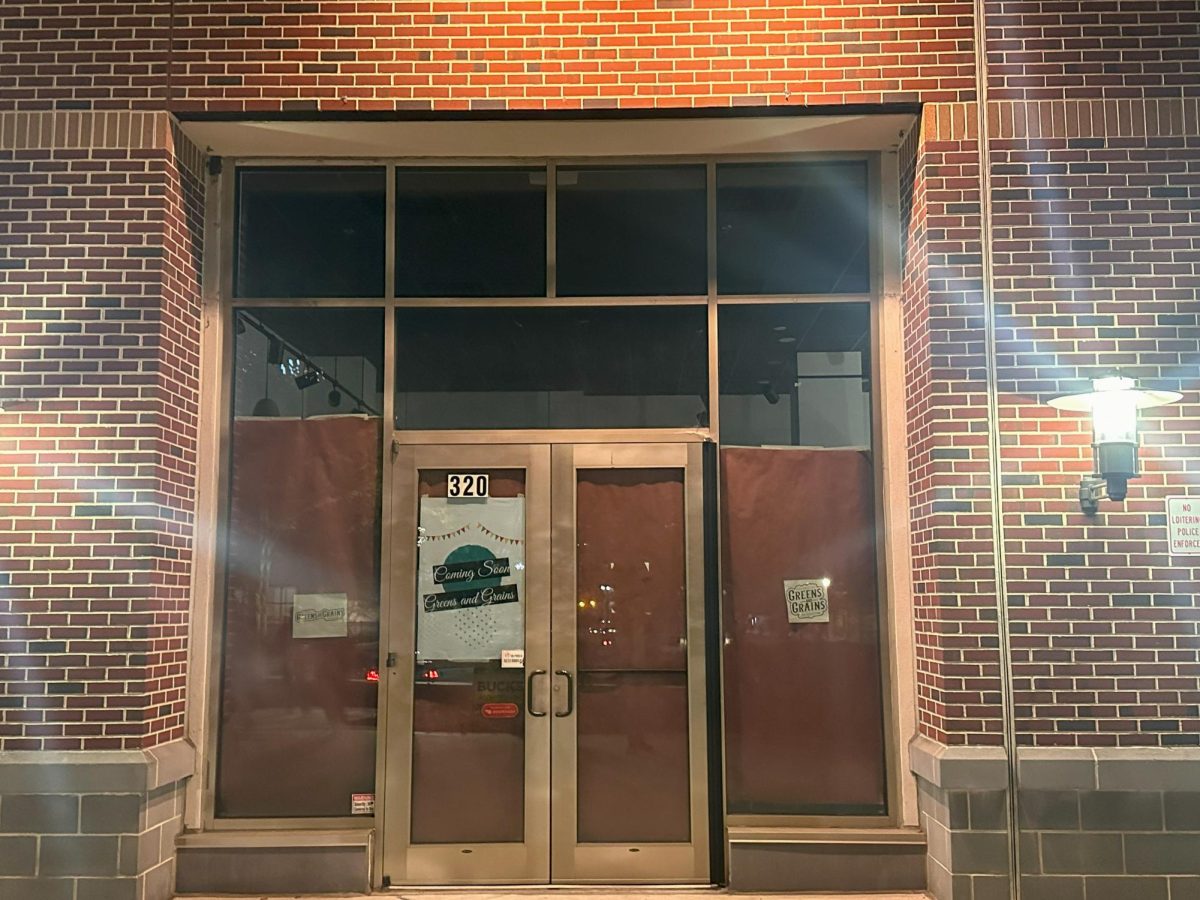


















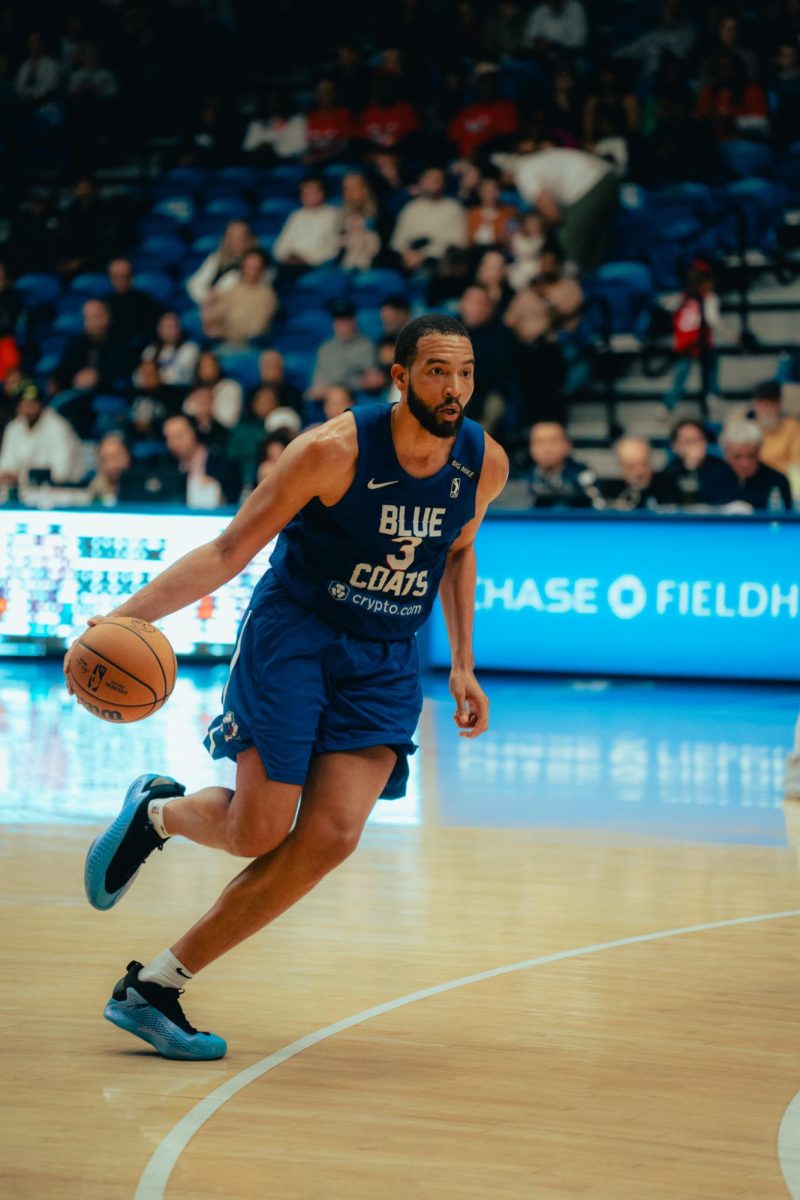

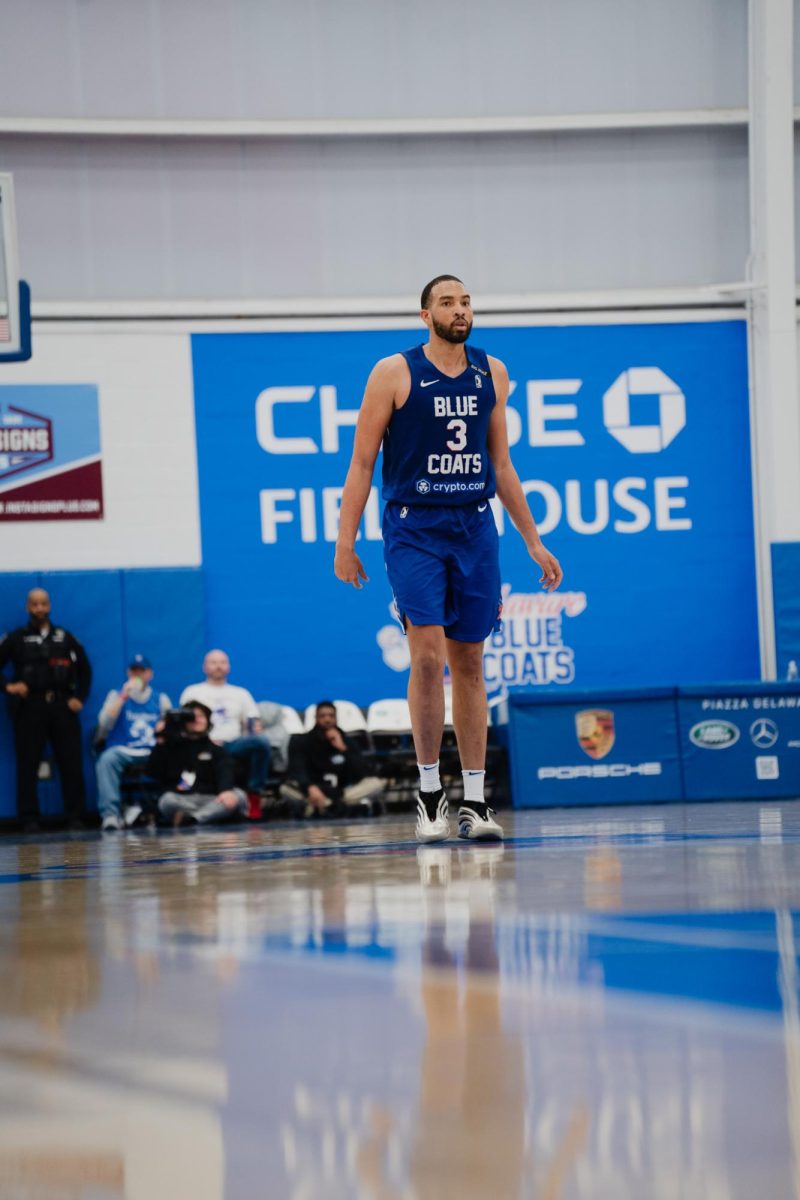




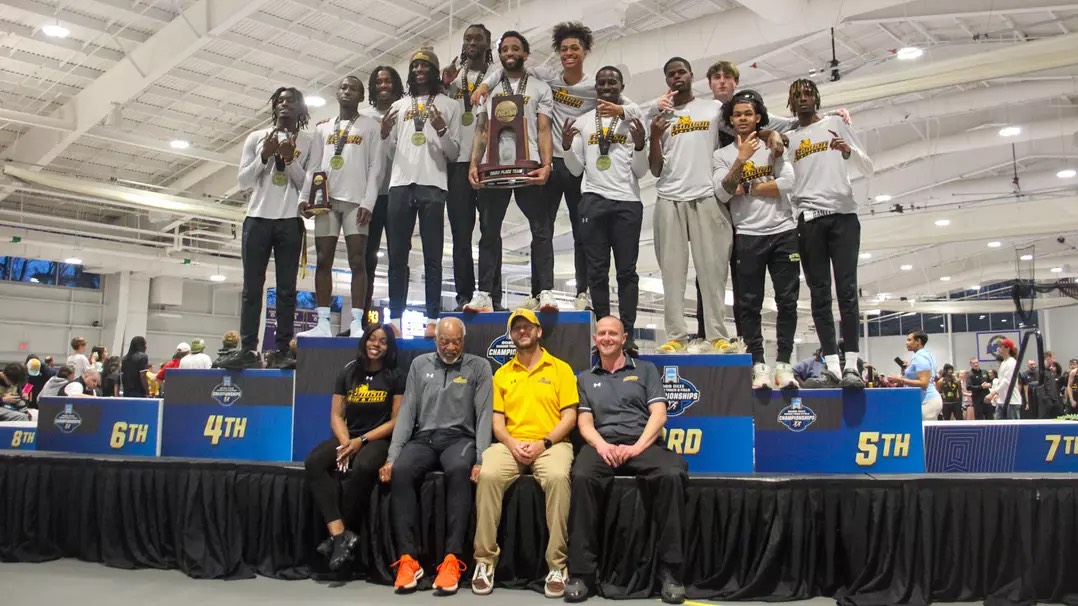






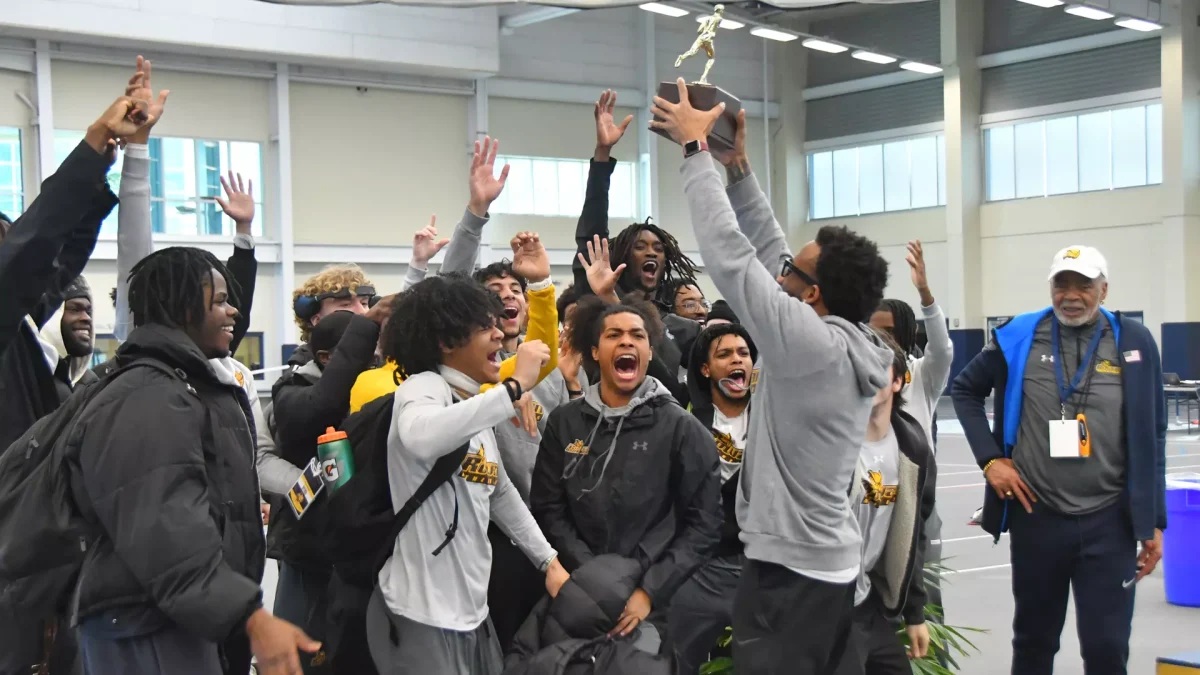



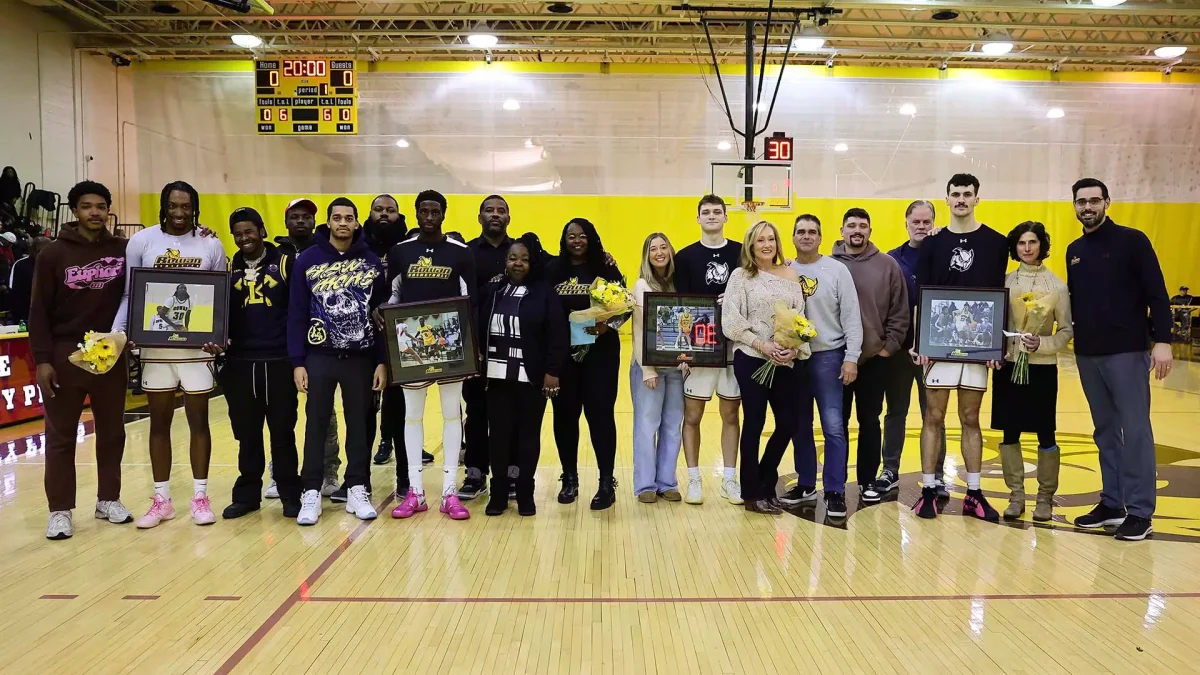








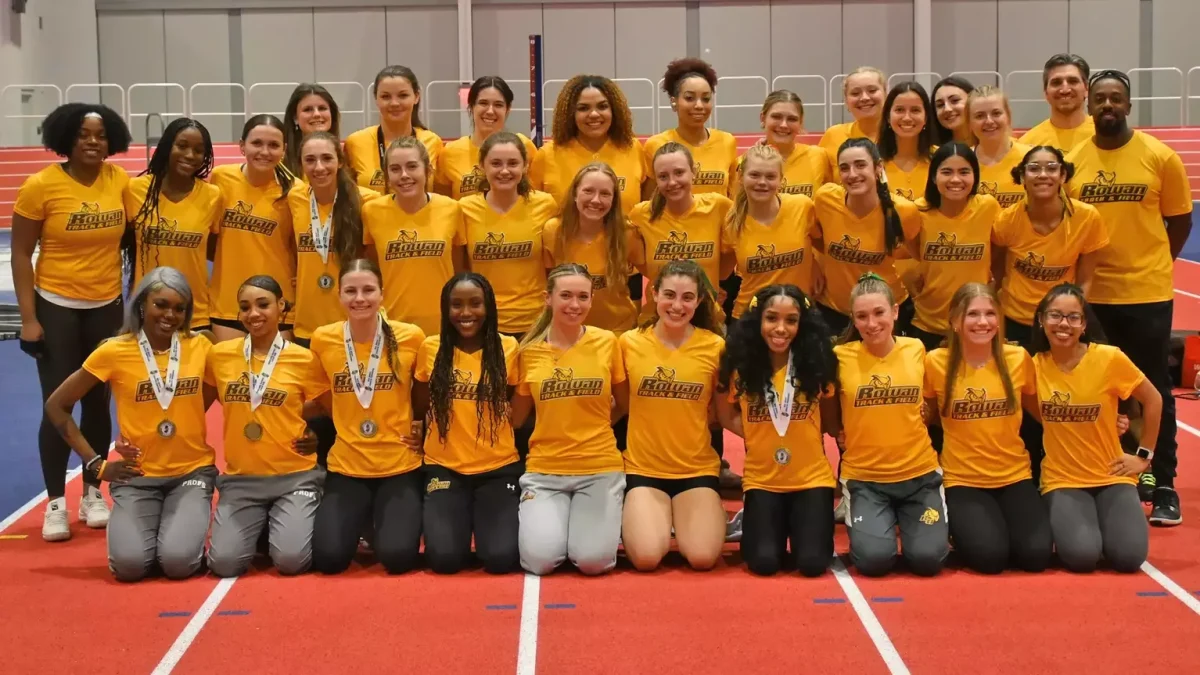



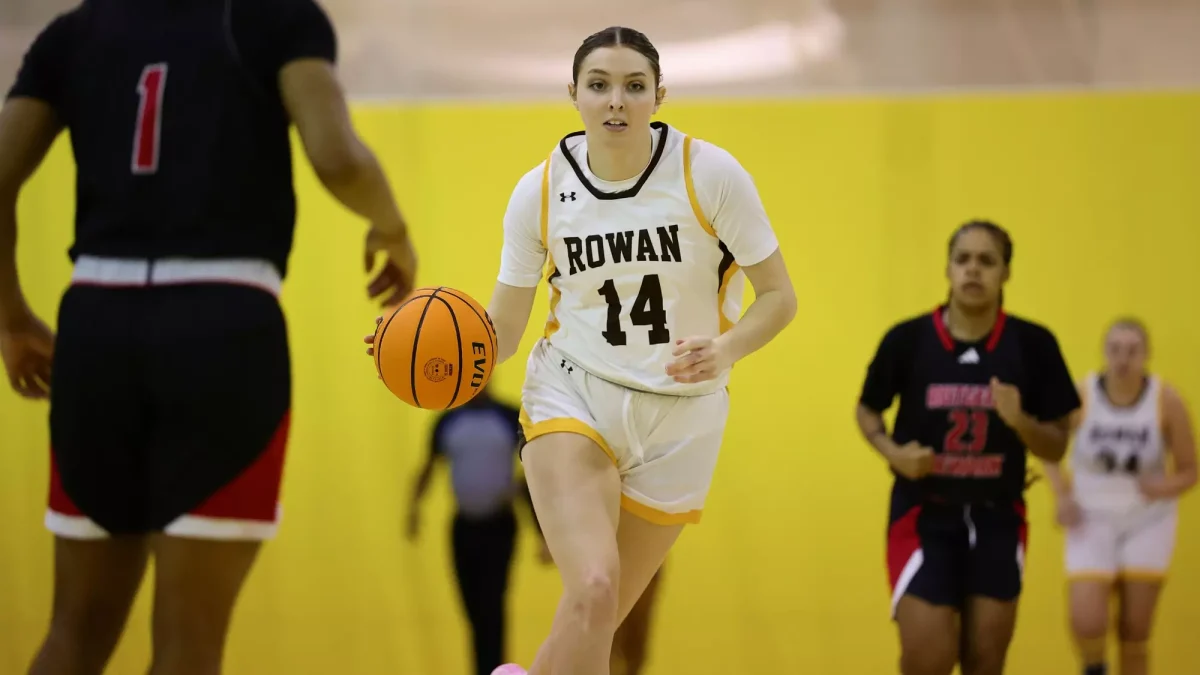
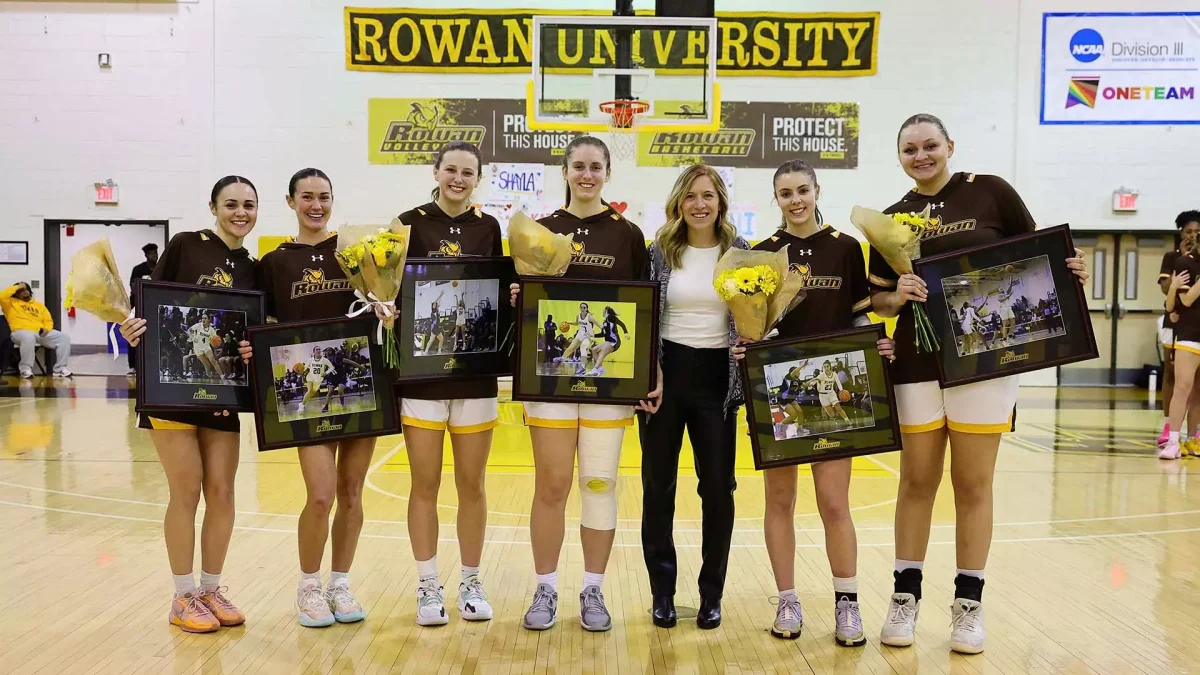

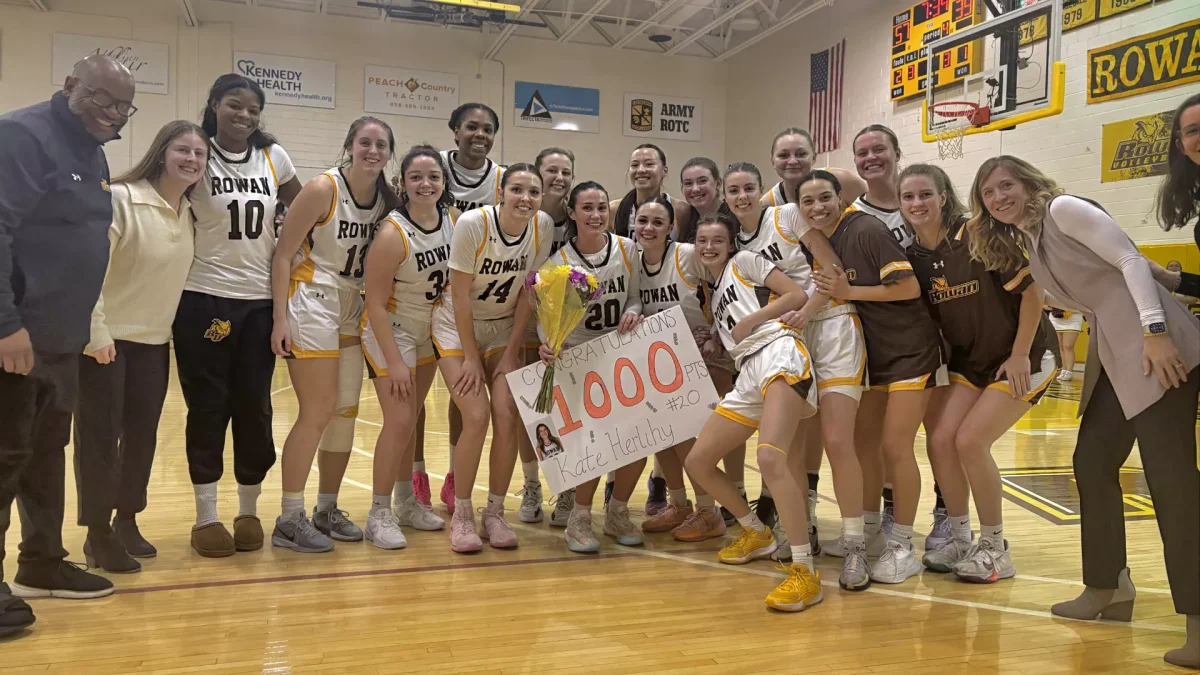

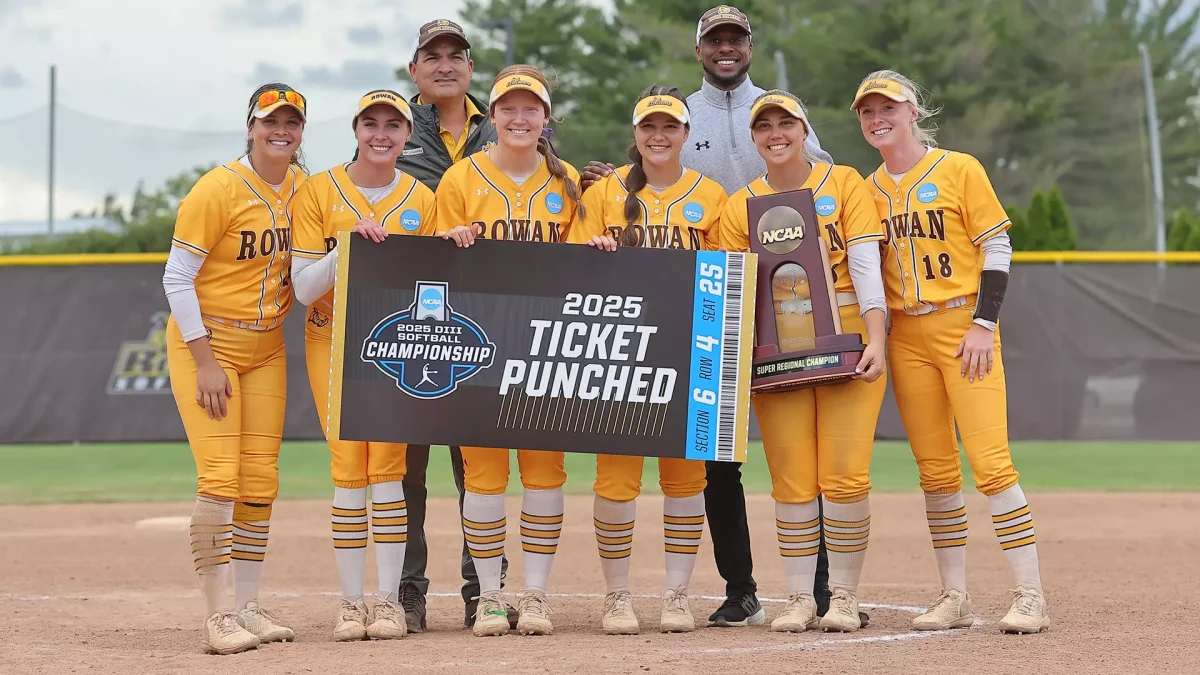

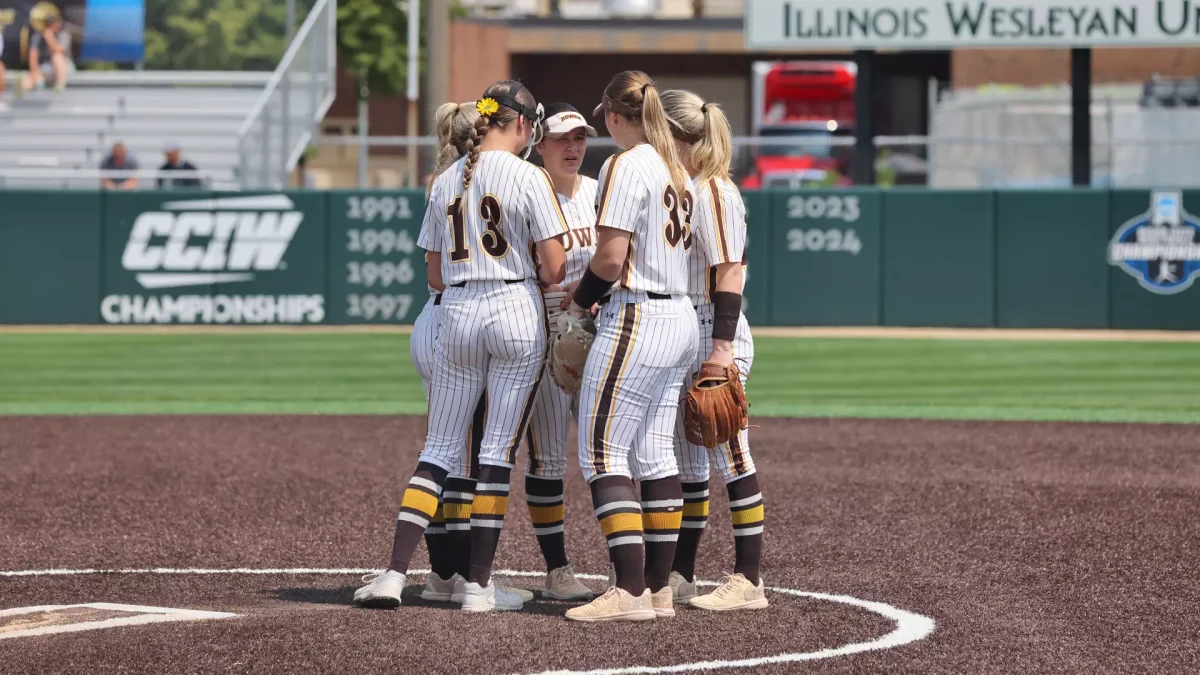
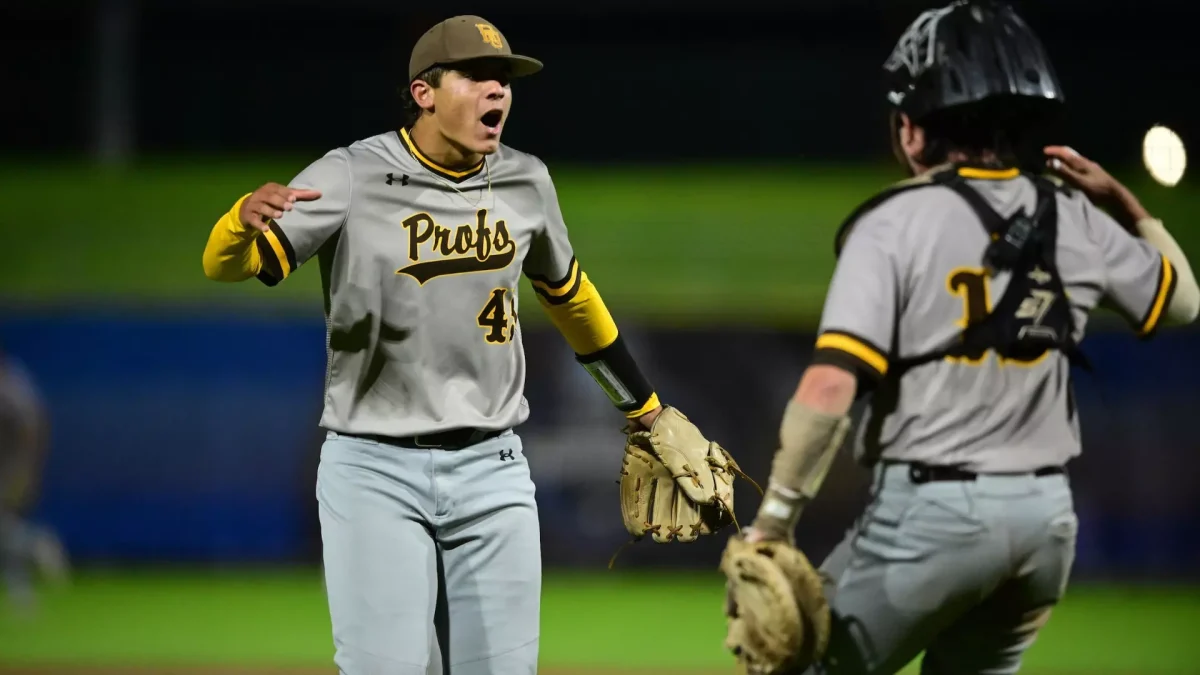













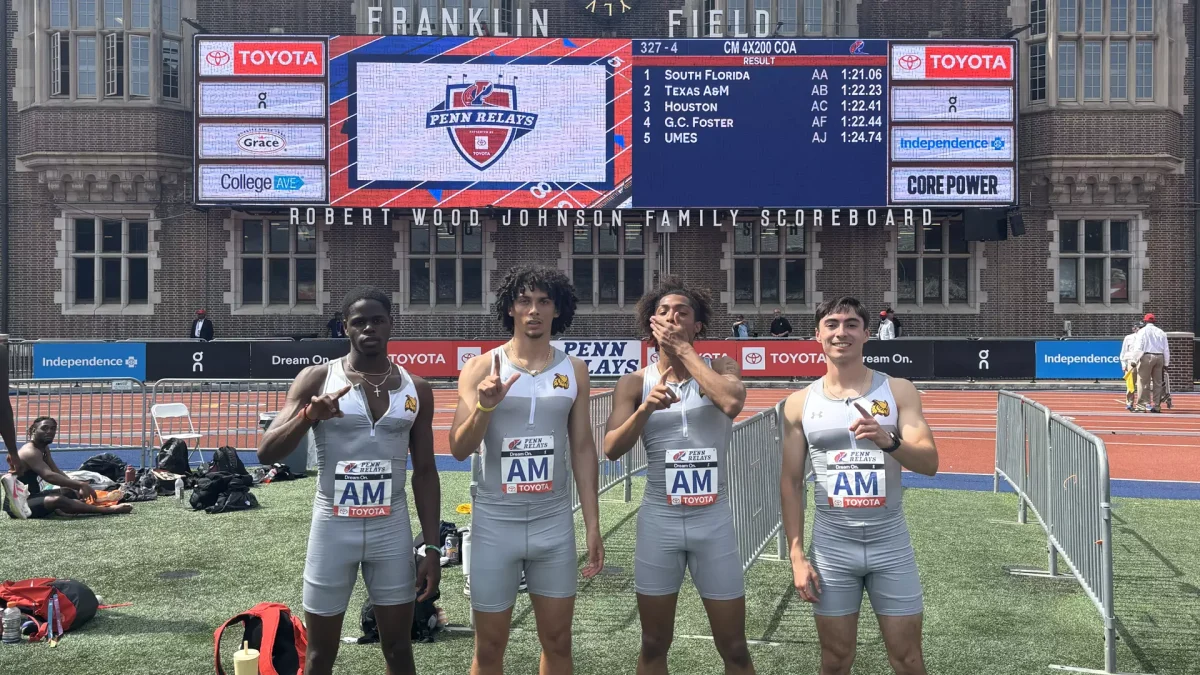



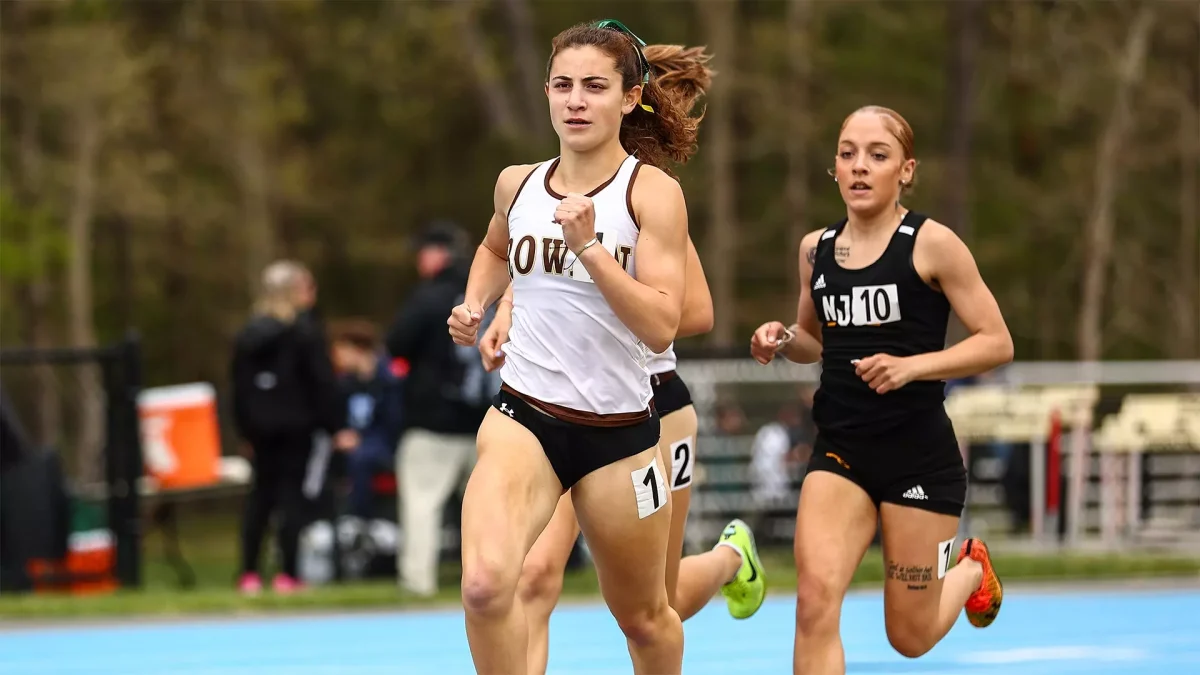










































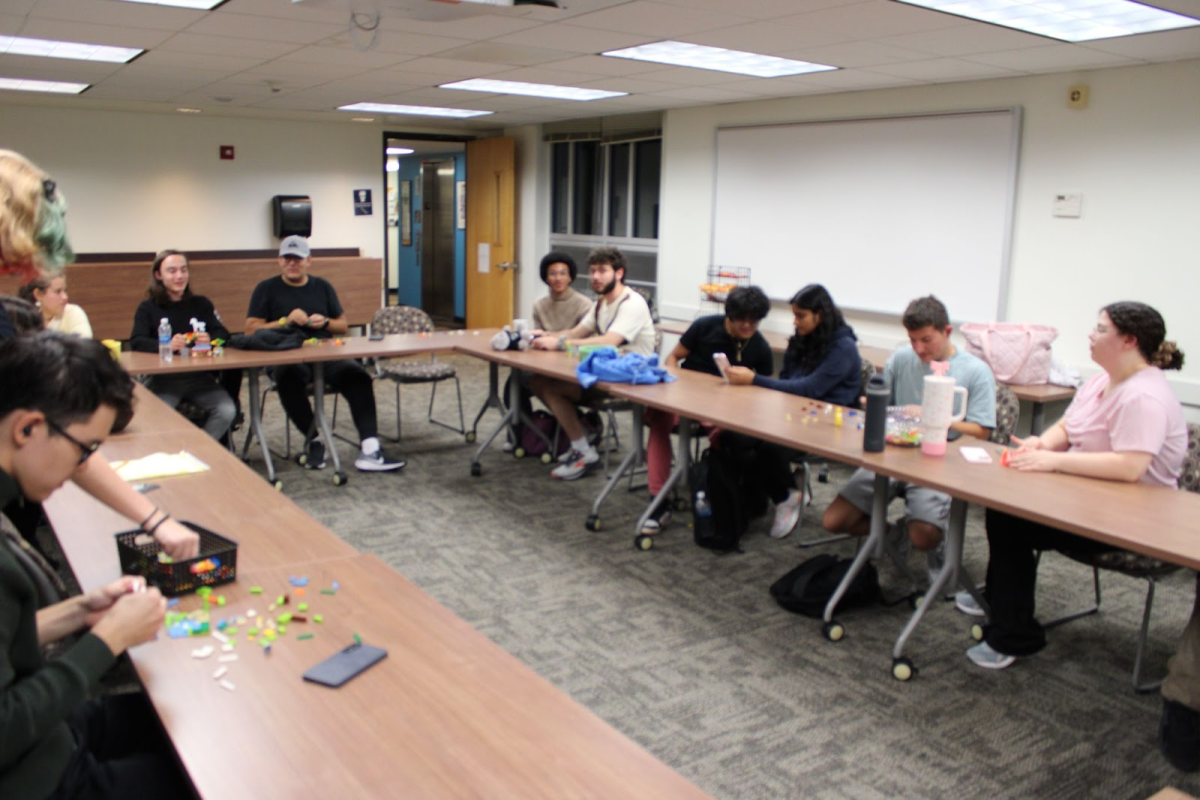
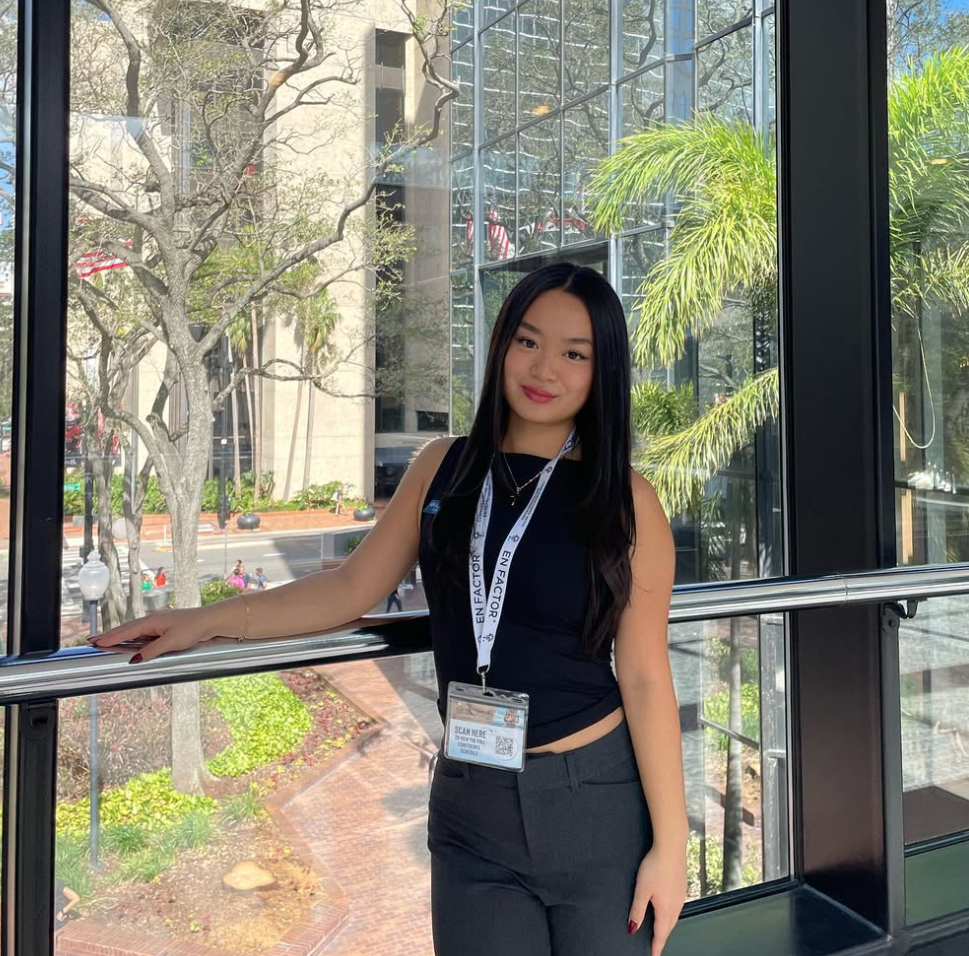
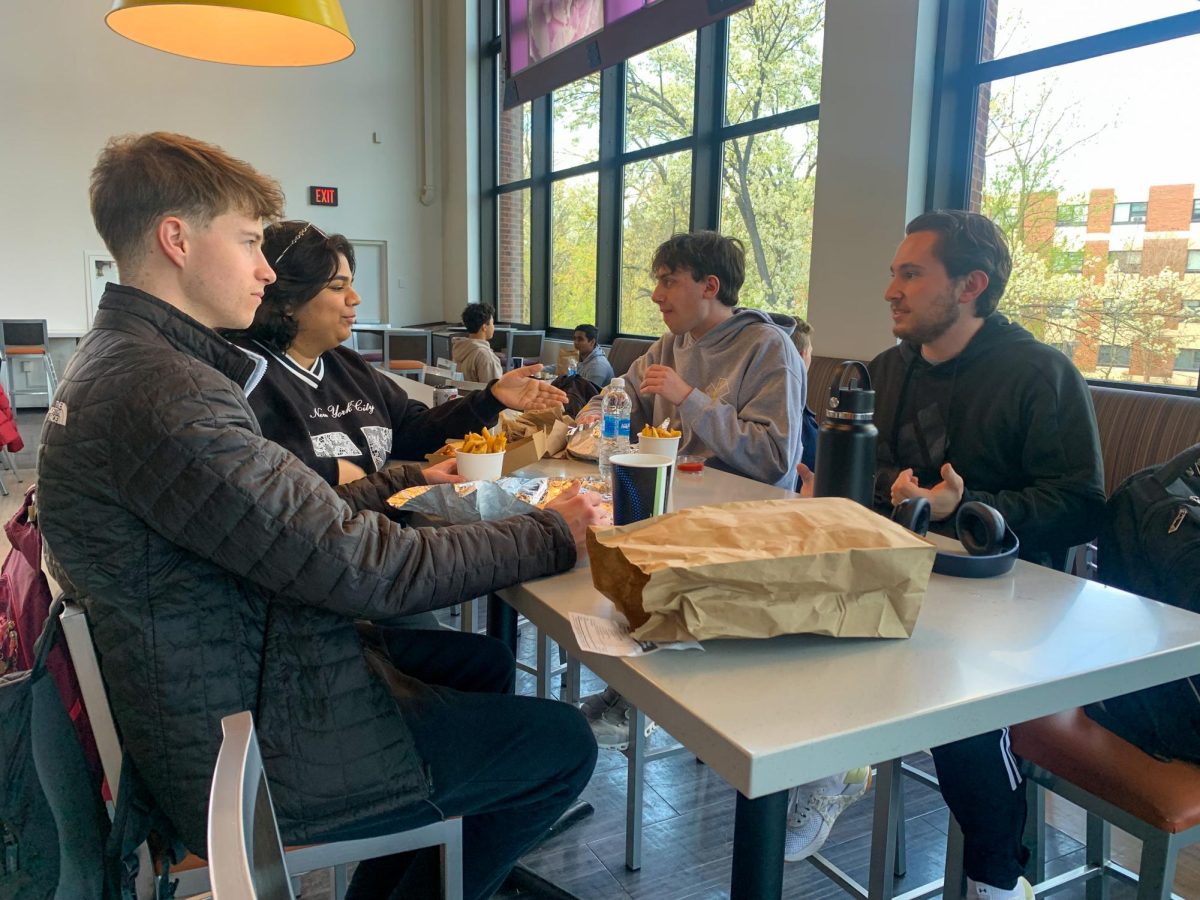


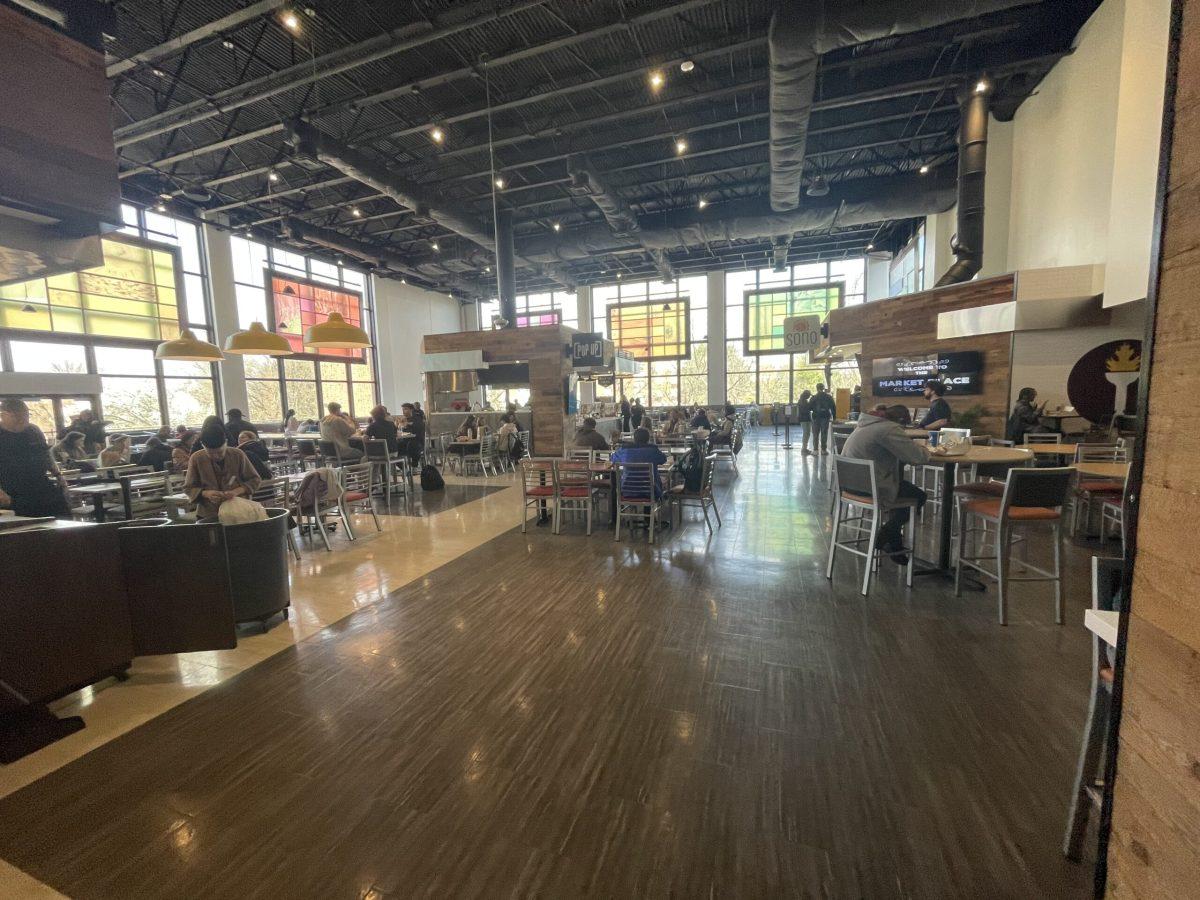

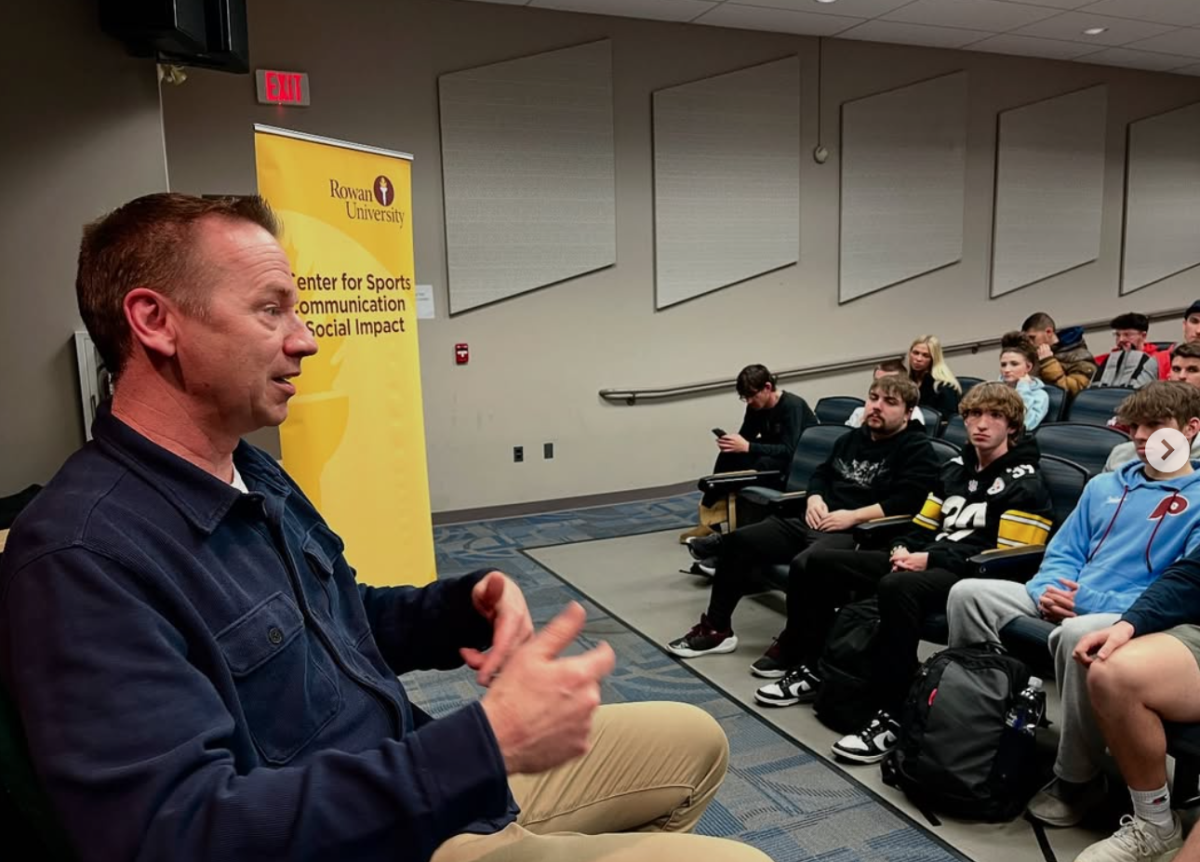
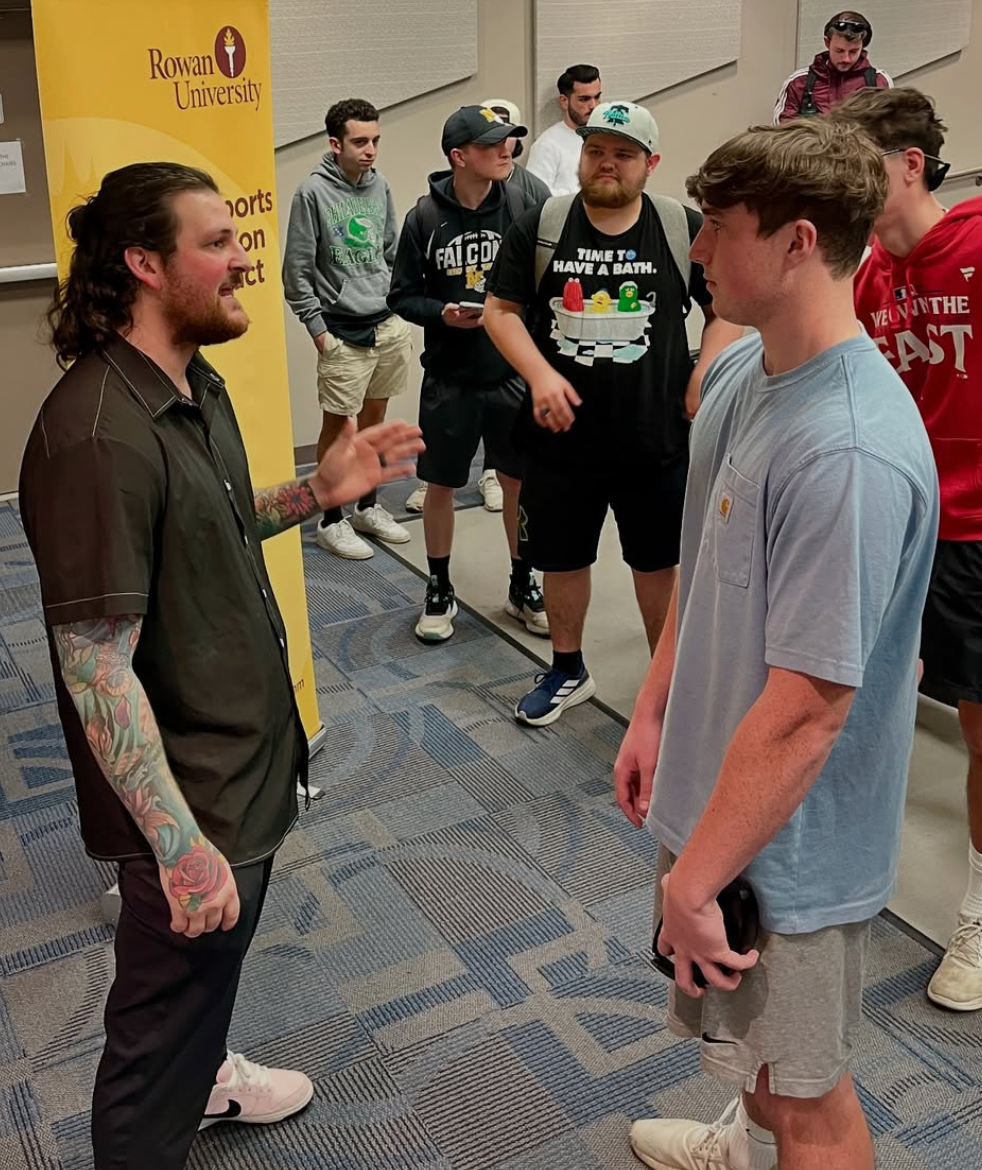







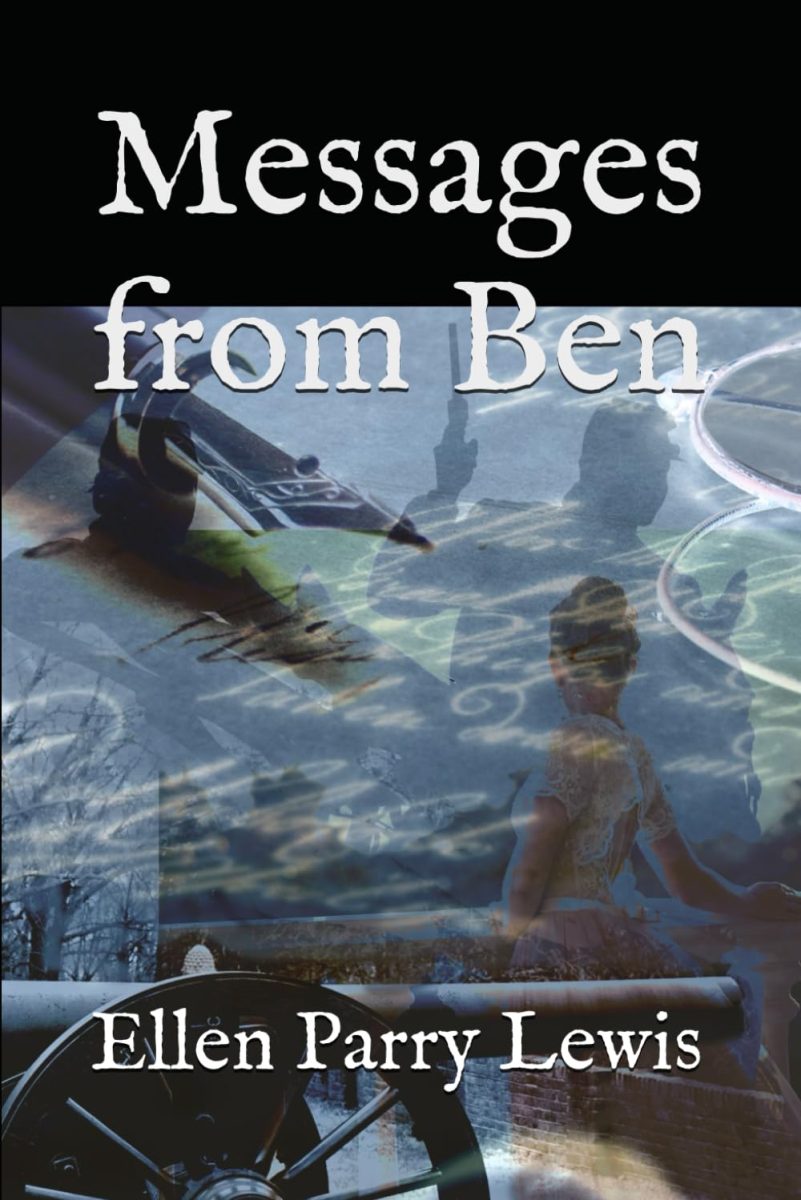

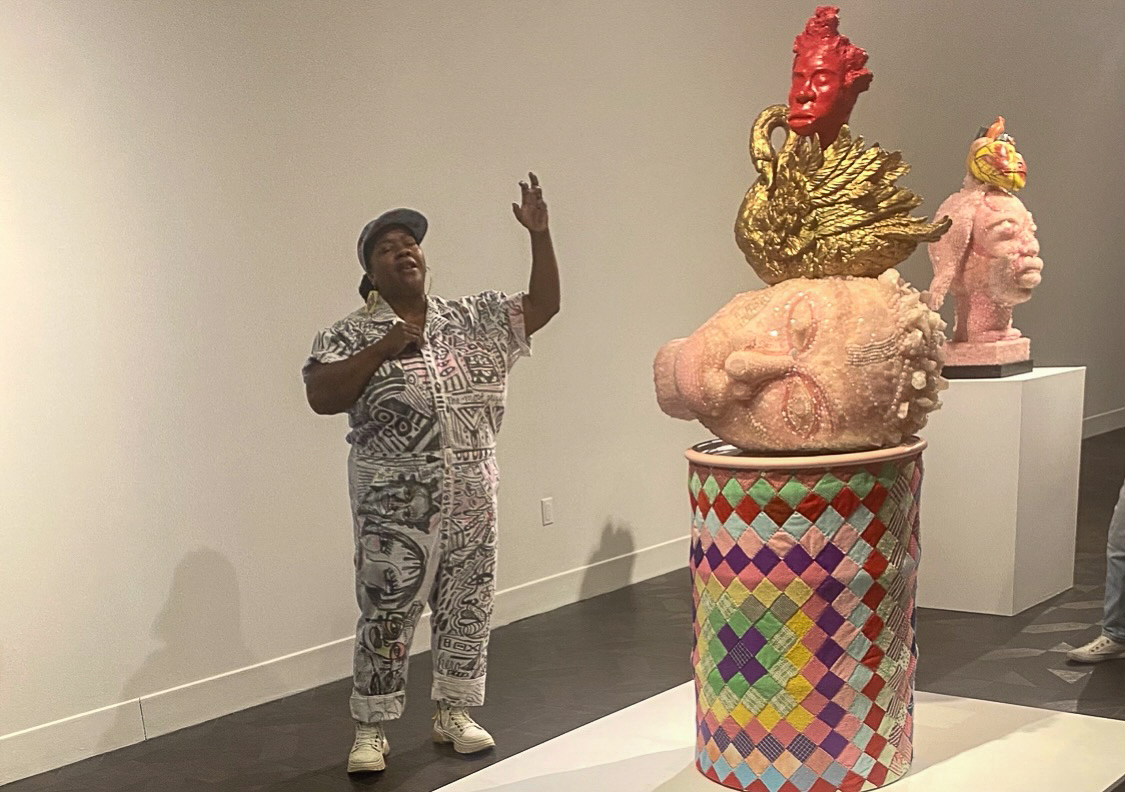

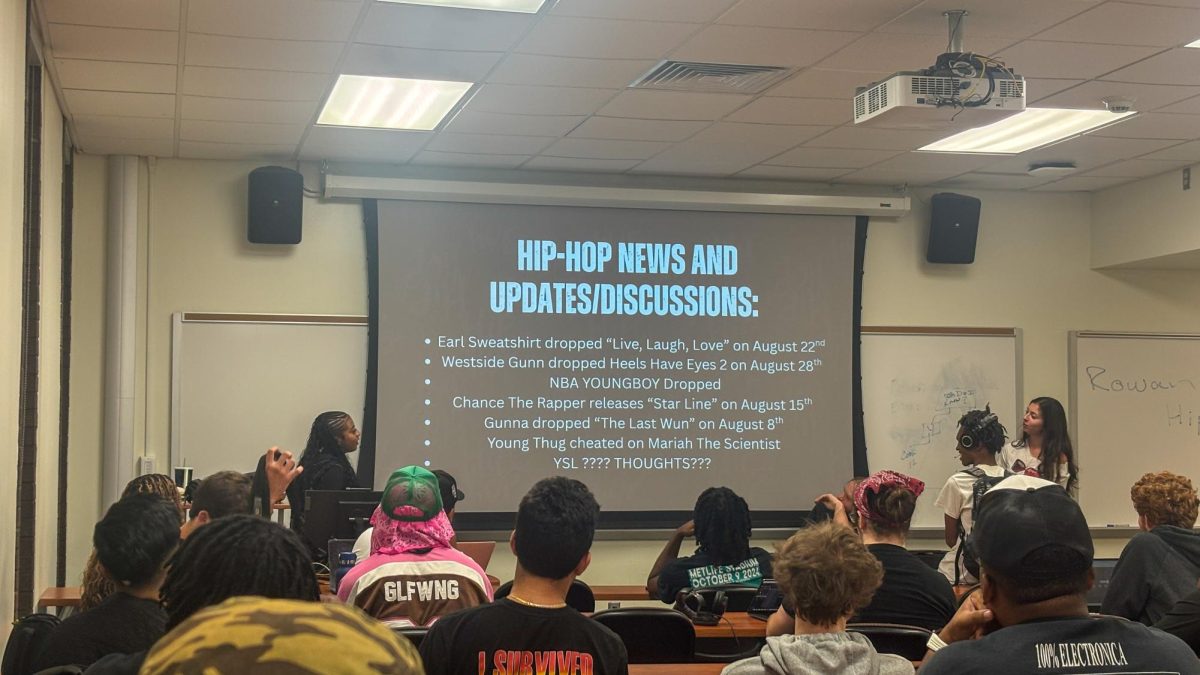



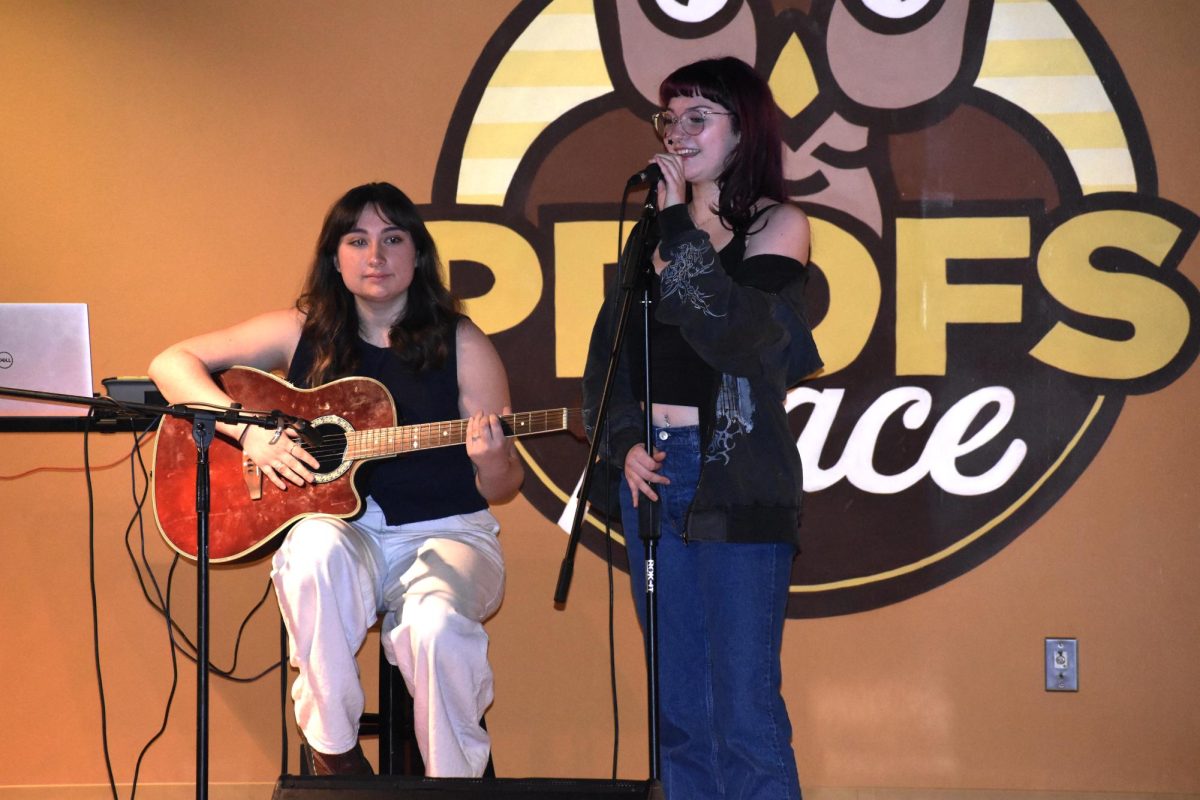
!["Working with [Dr. Lynch] is always a learning experience for me. She is a treasure,” said Thomas. - Staff Writer / Kacie Scibilia](https://thewhitonline.com/wp-content/uploads/2025/04/choir-1-1200x694.jpg)
